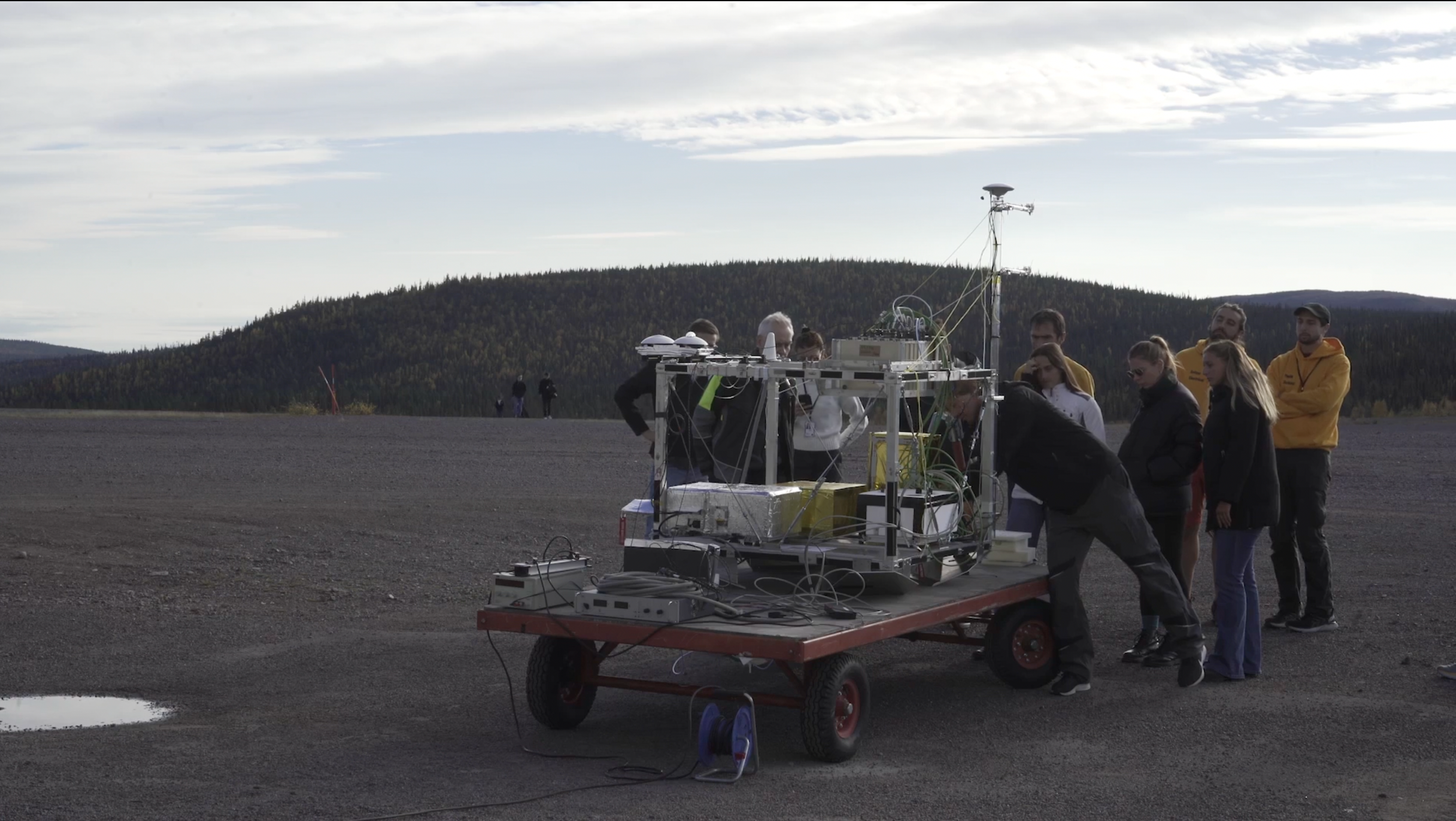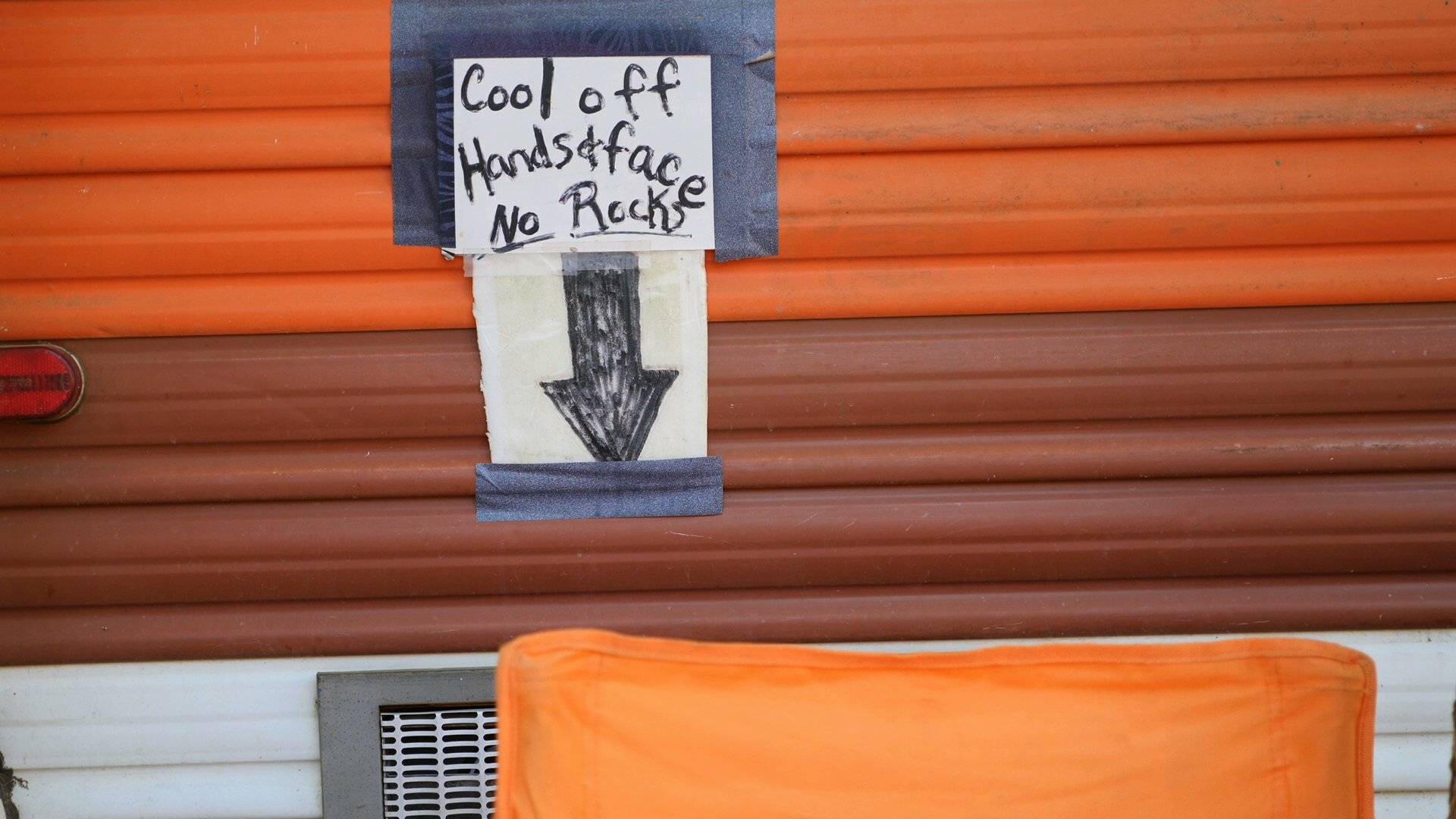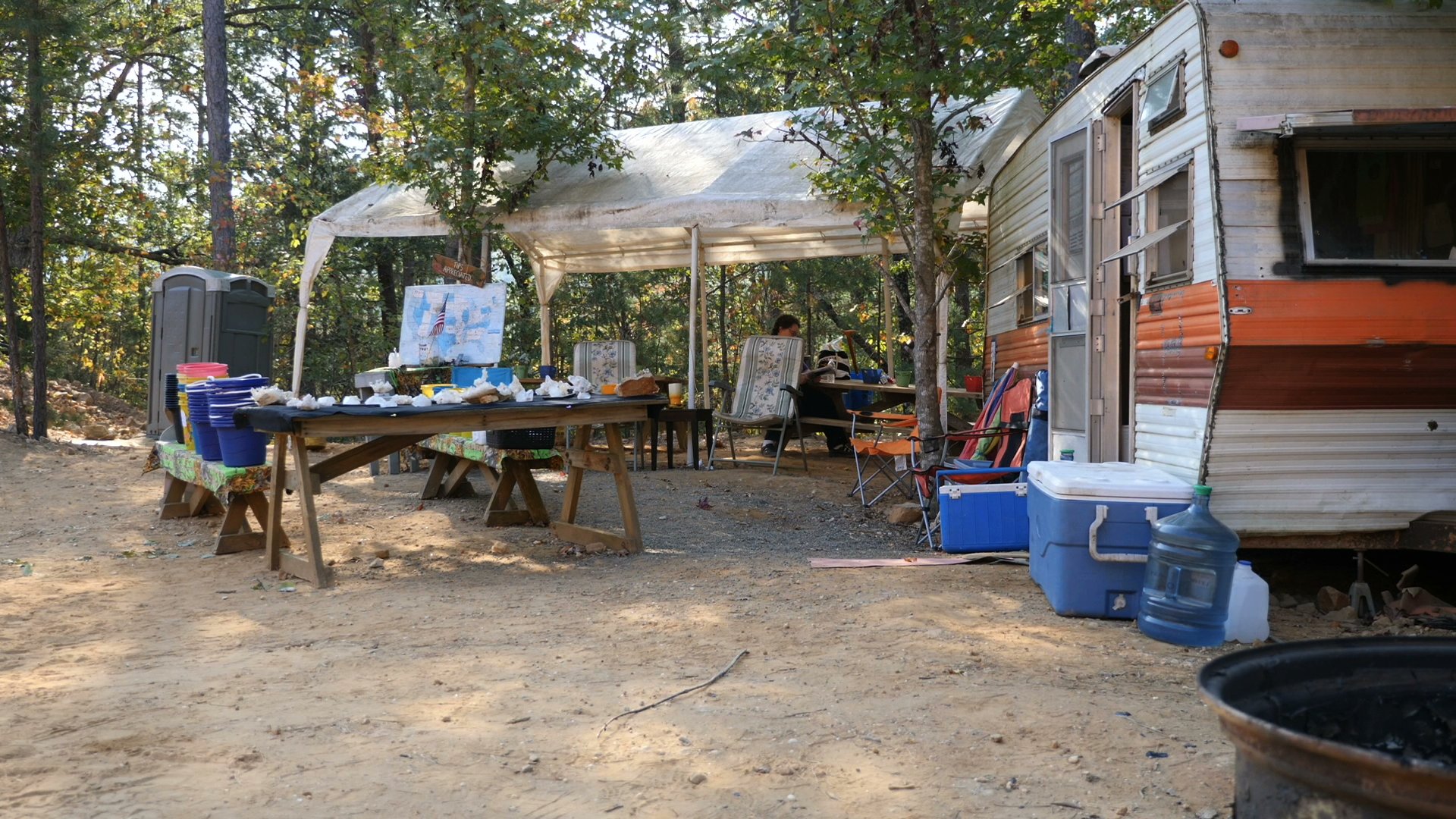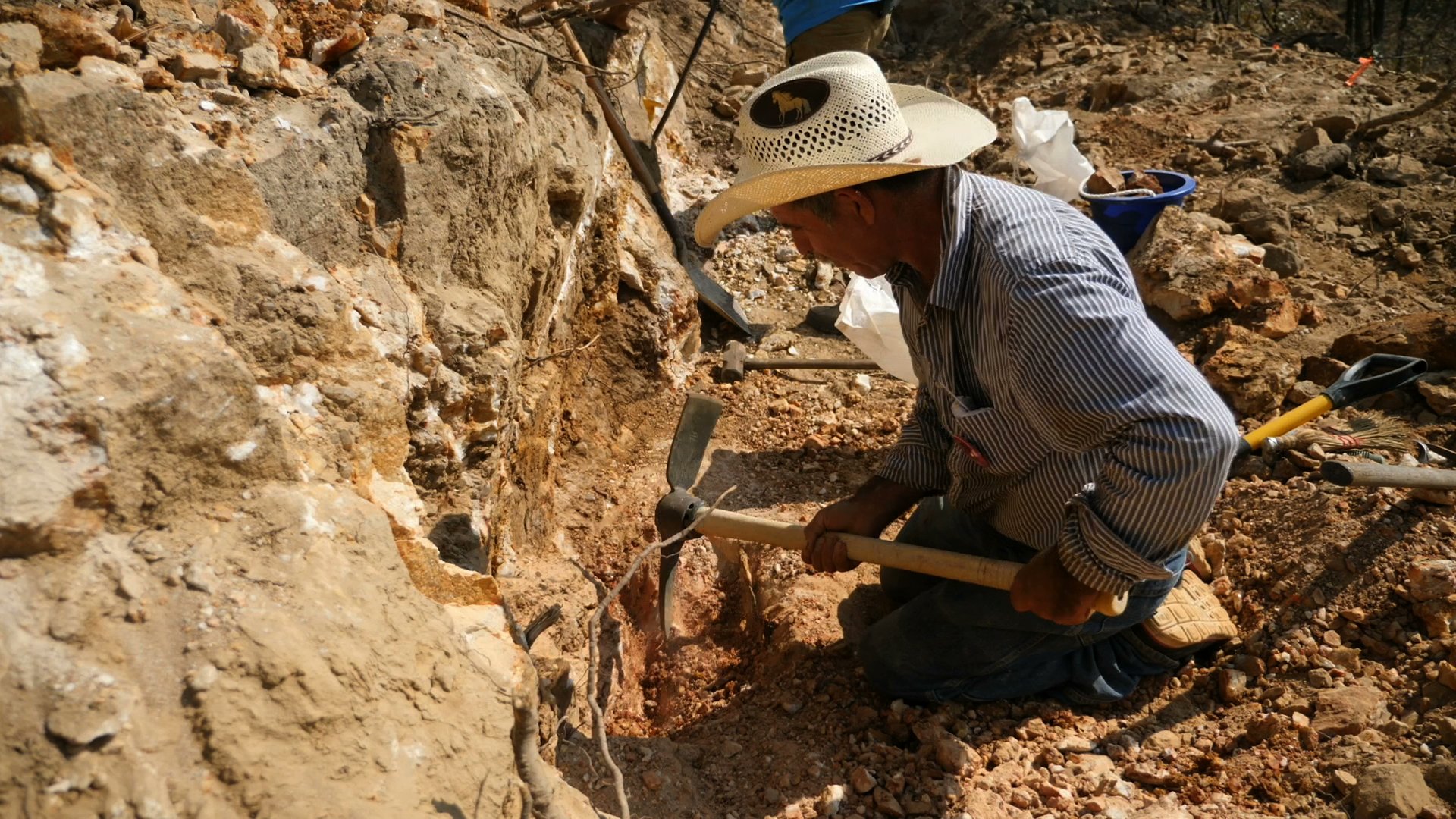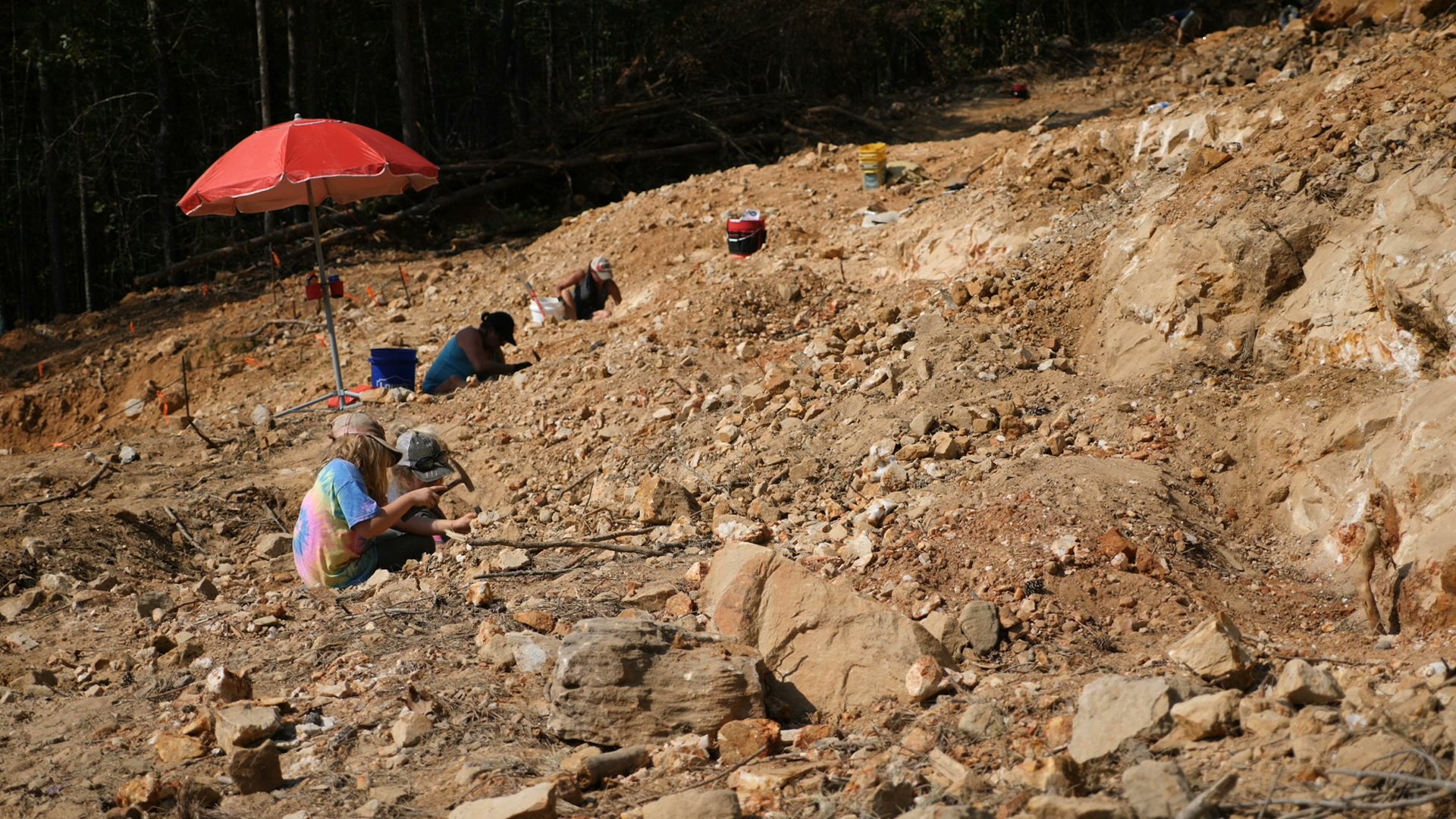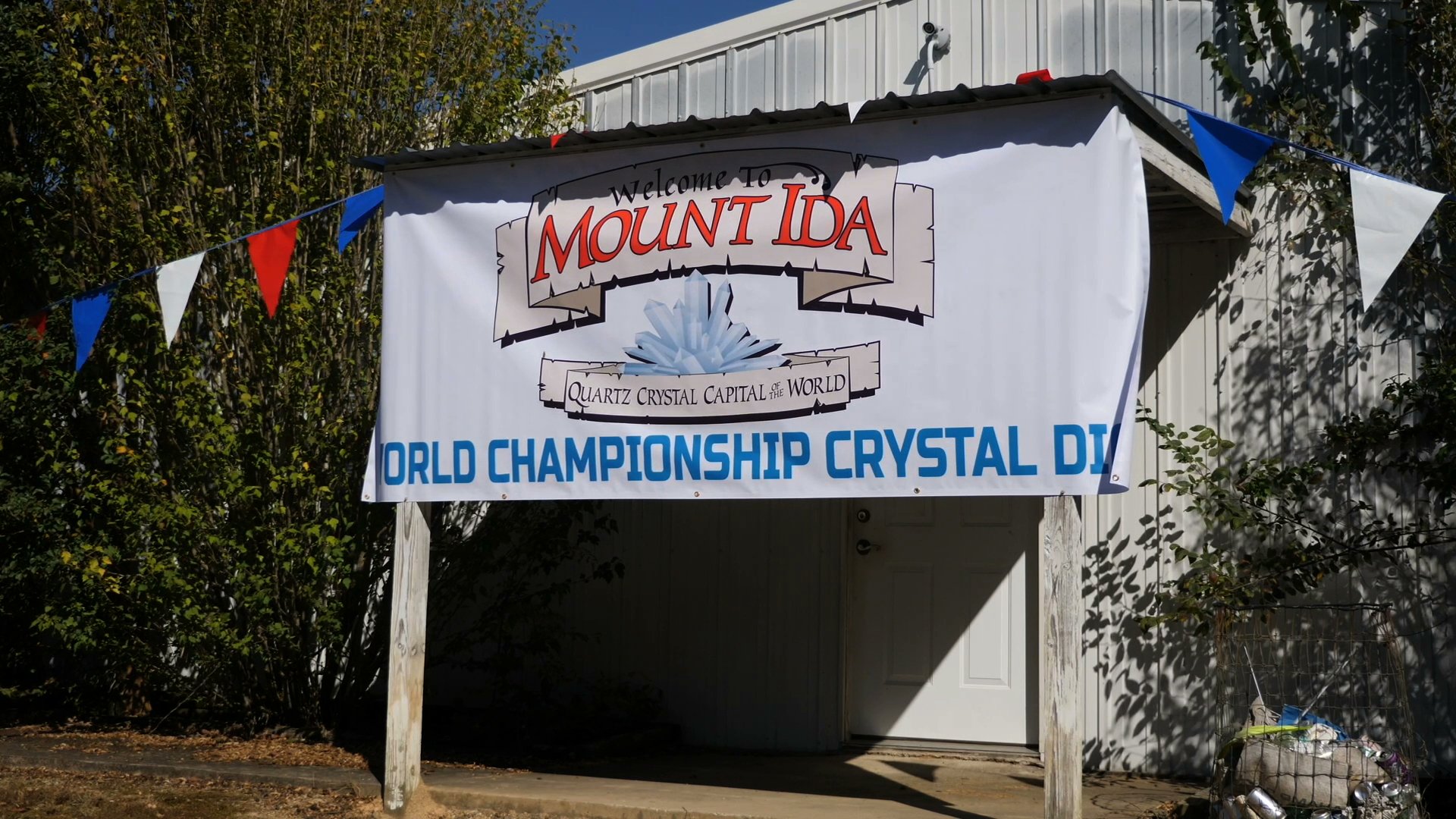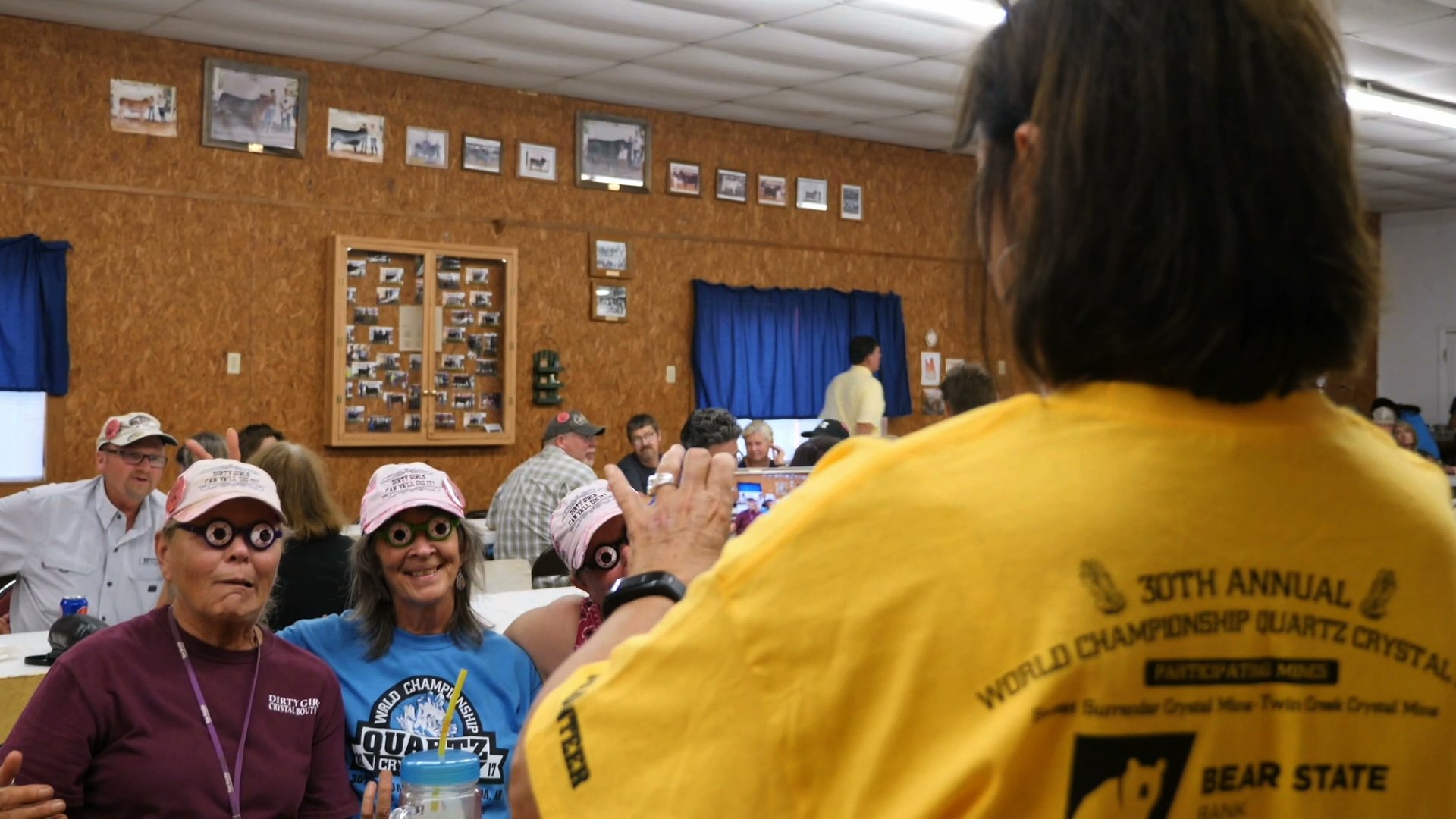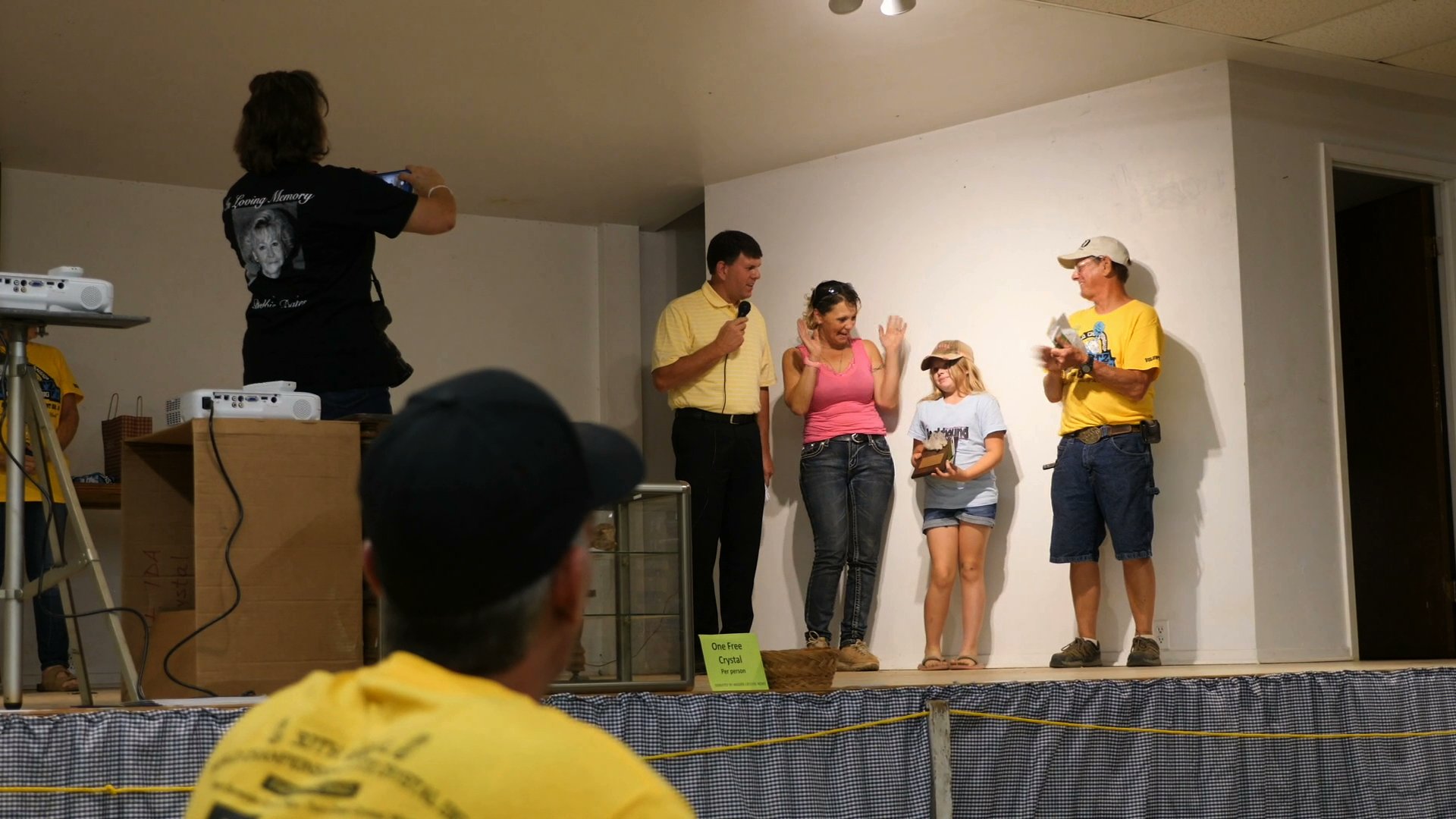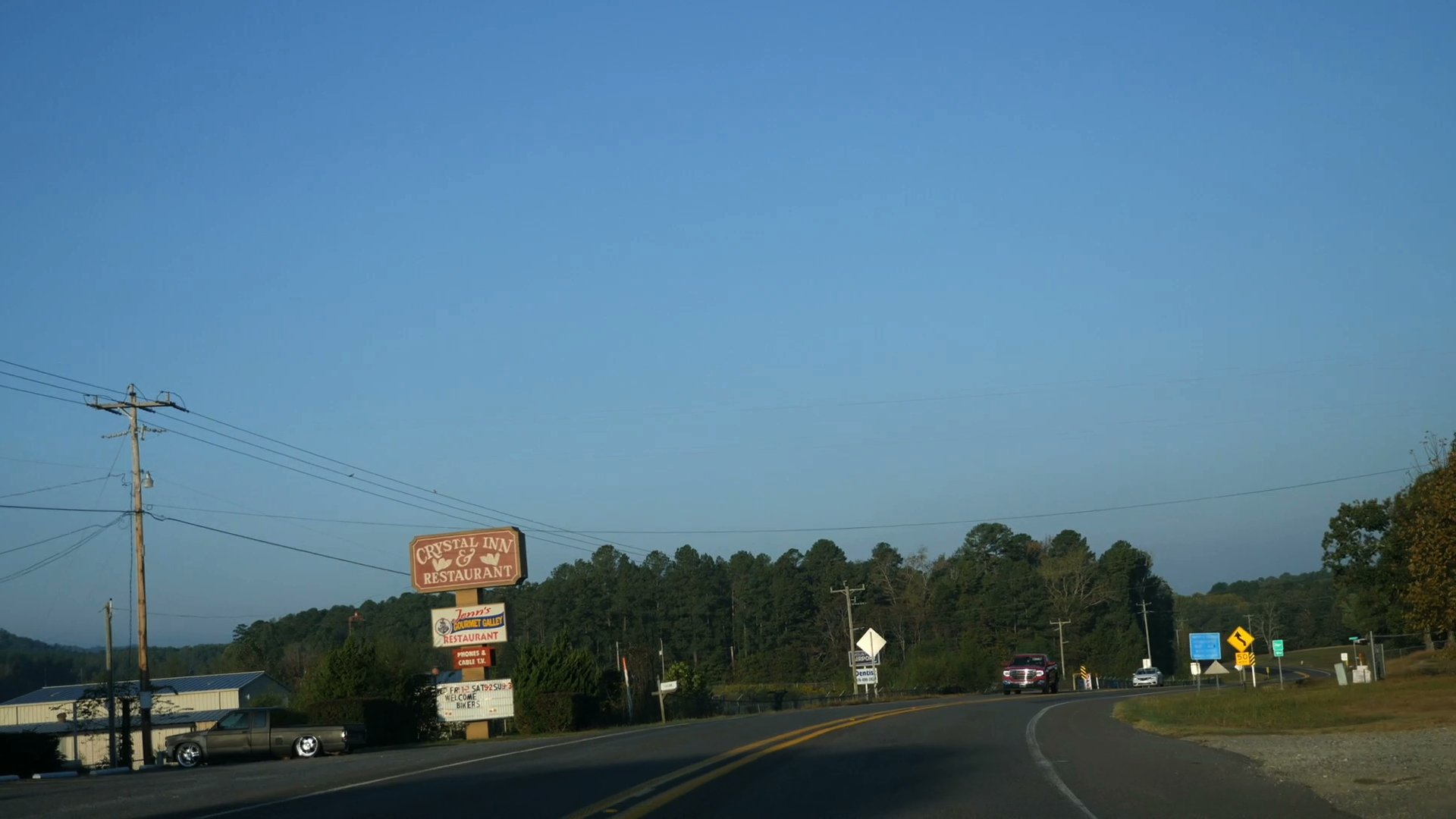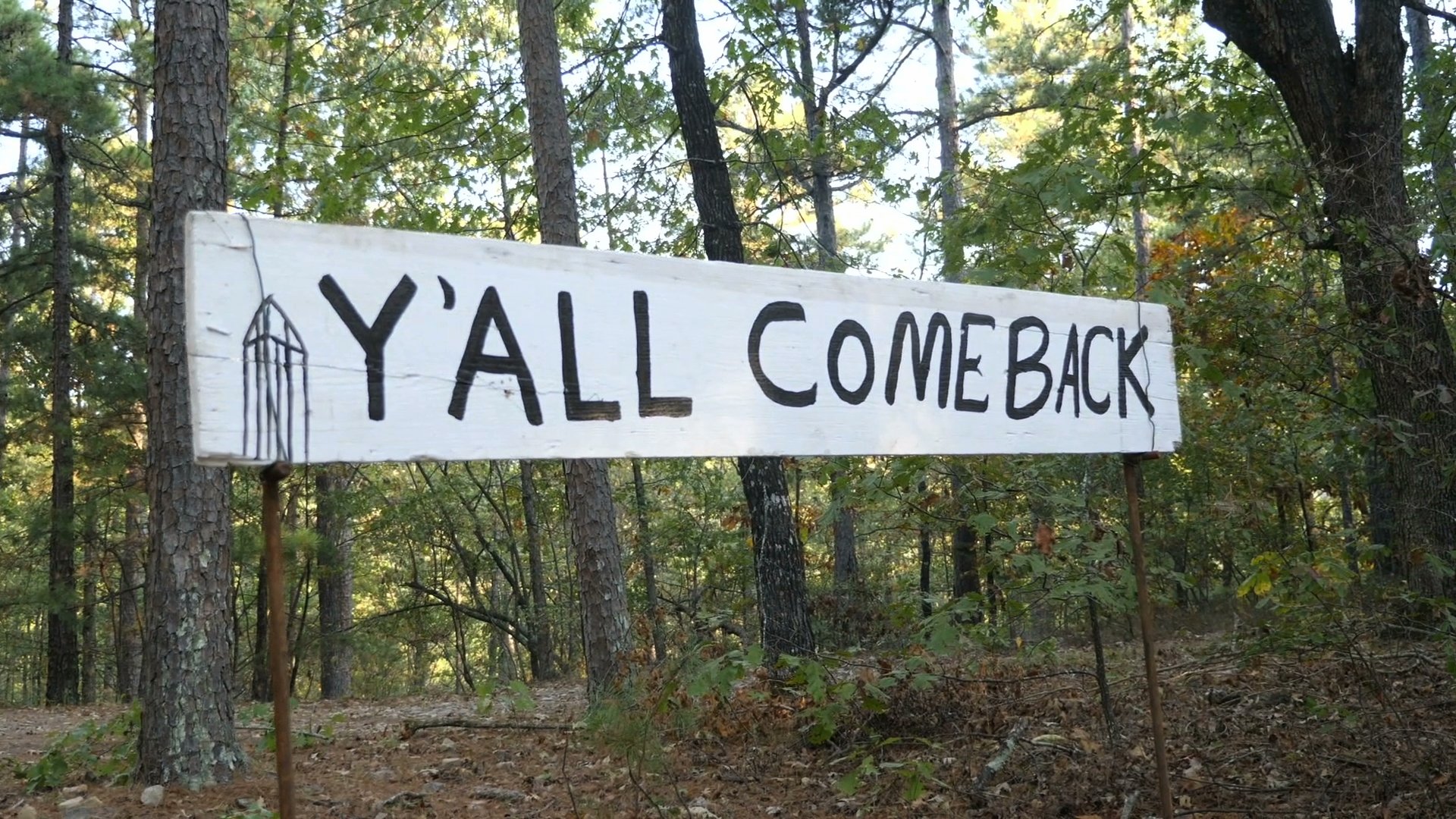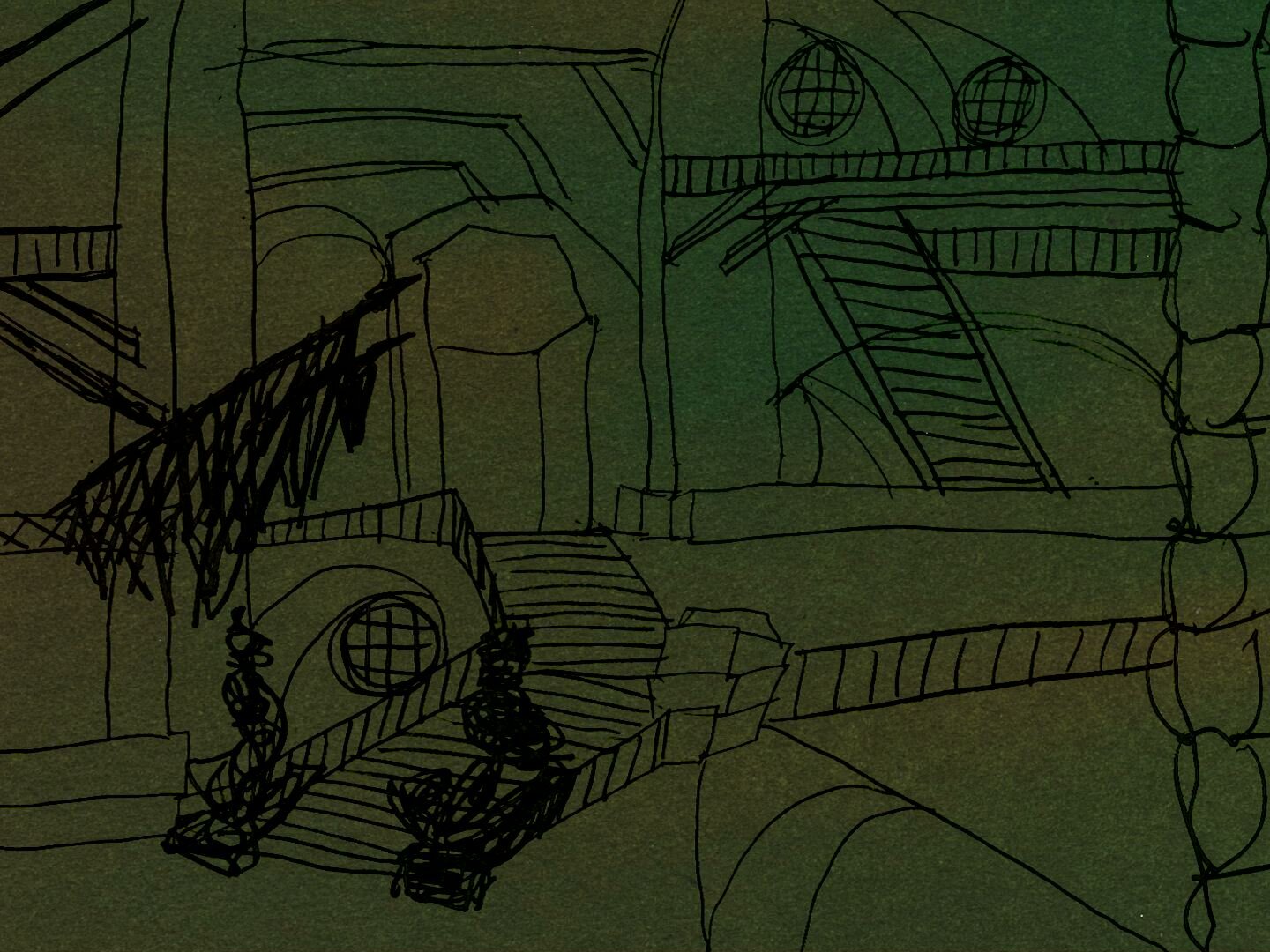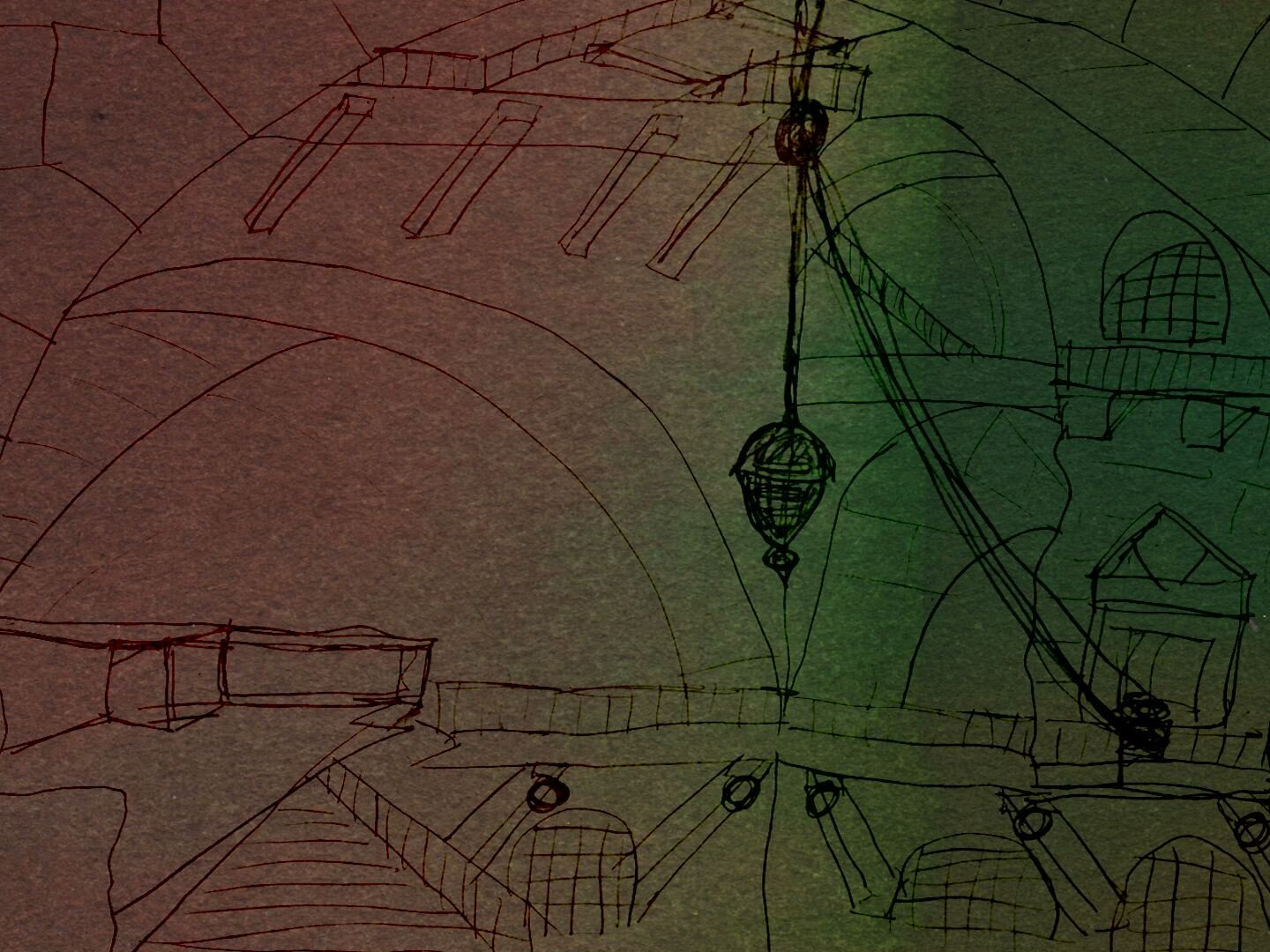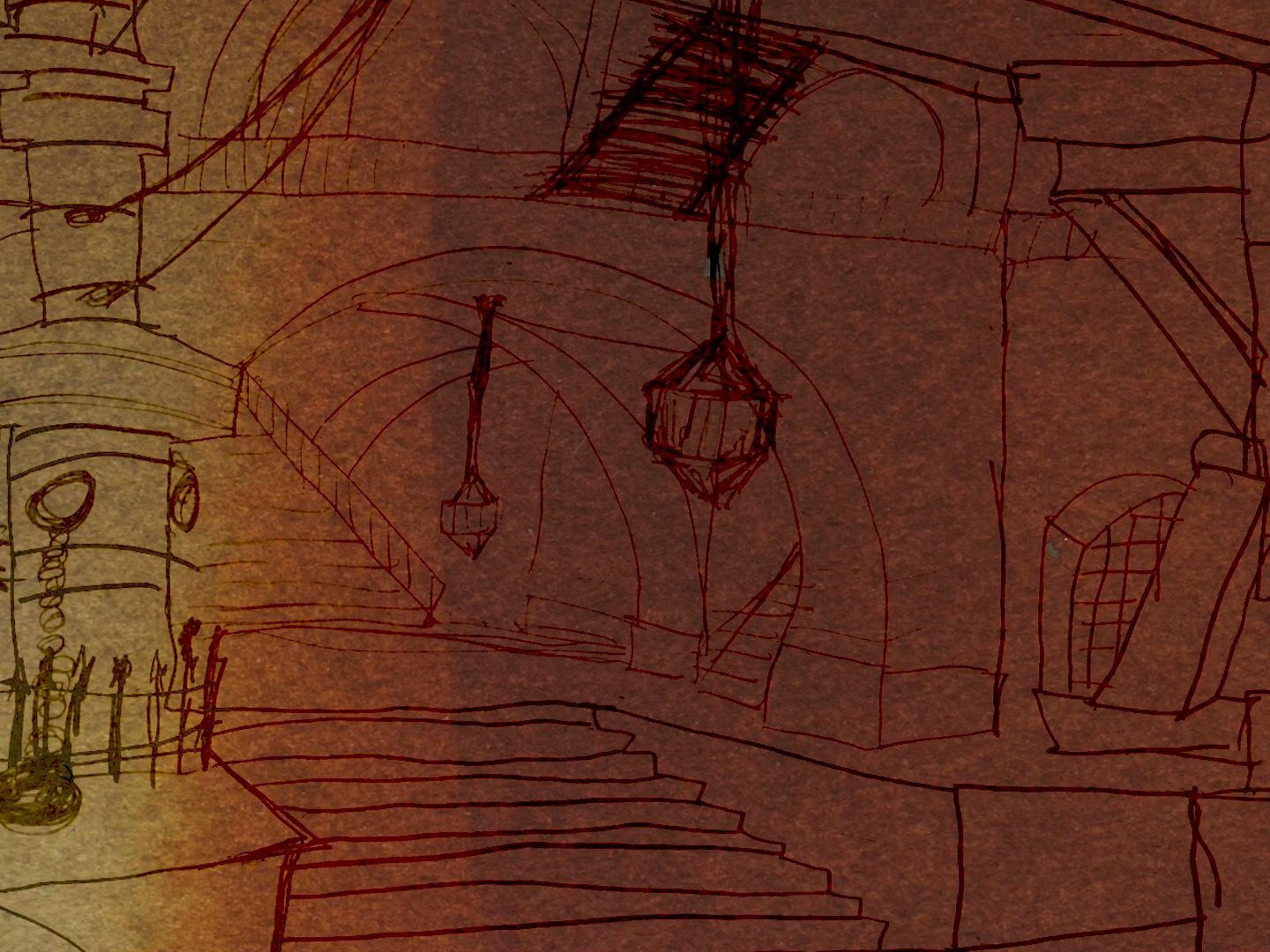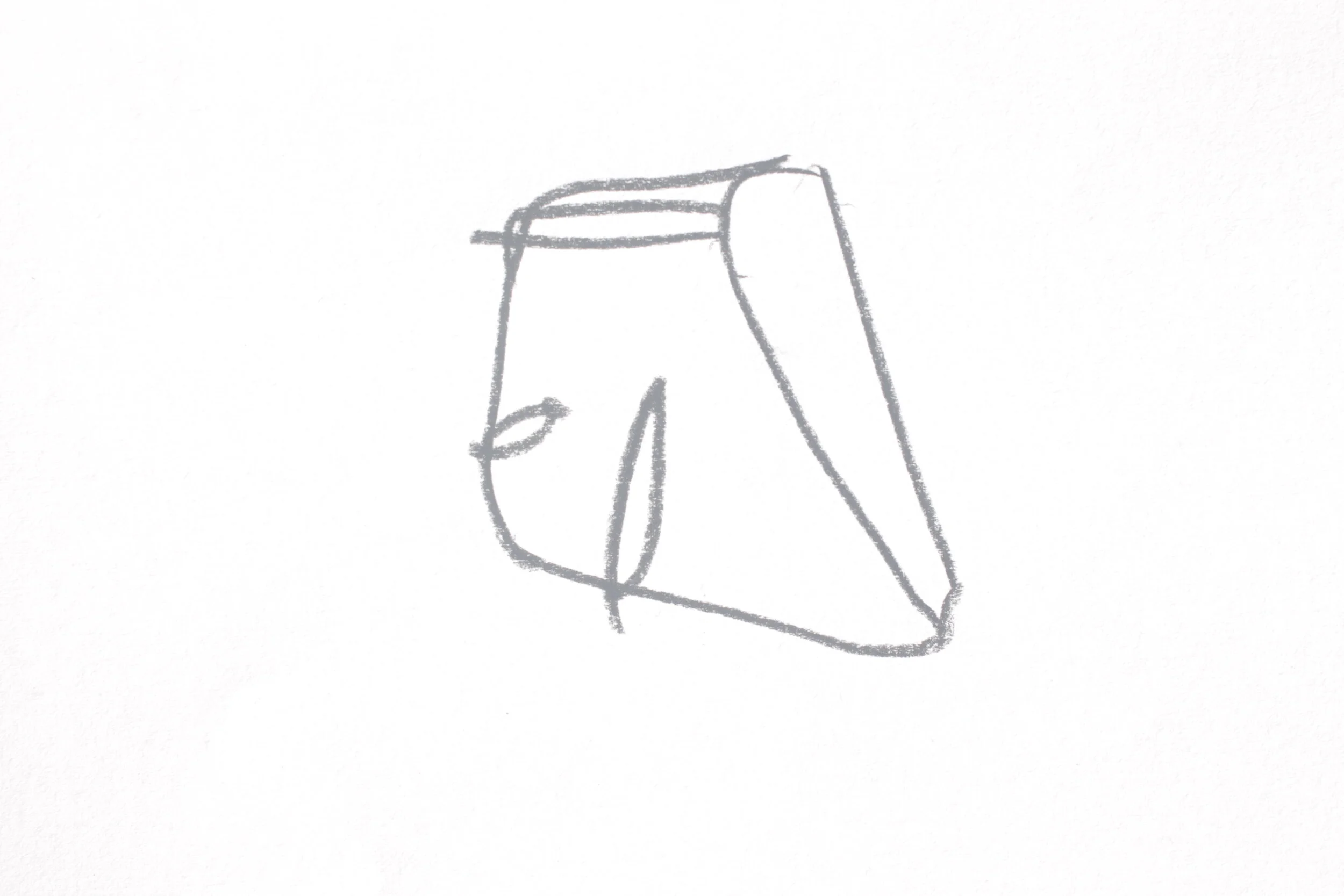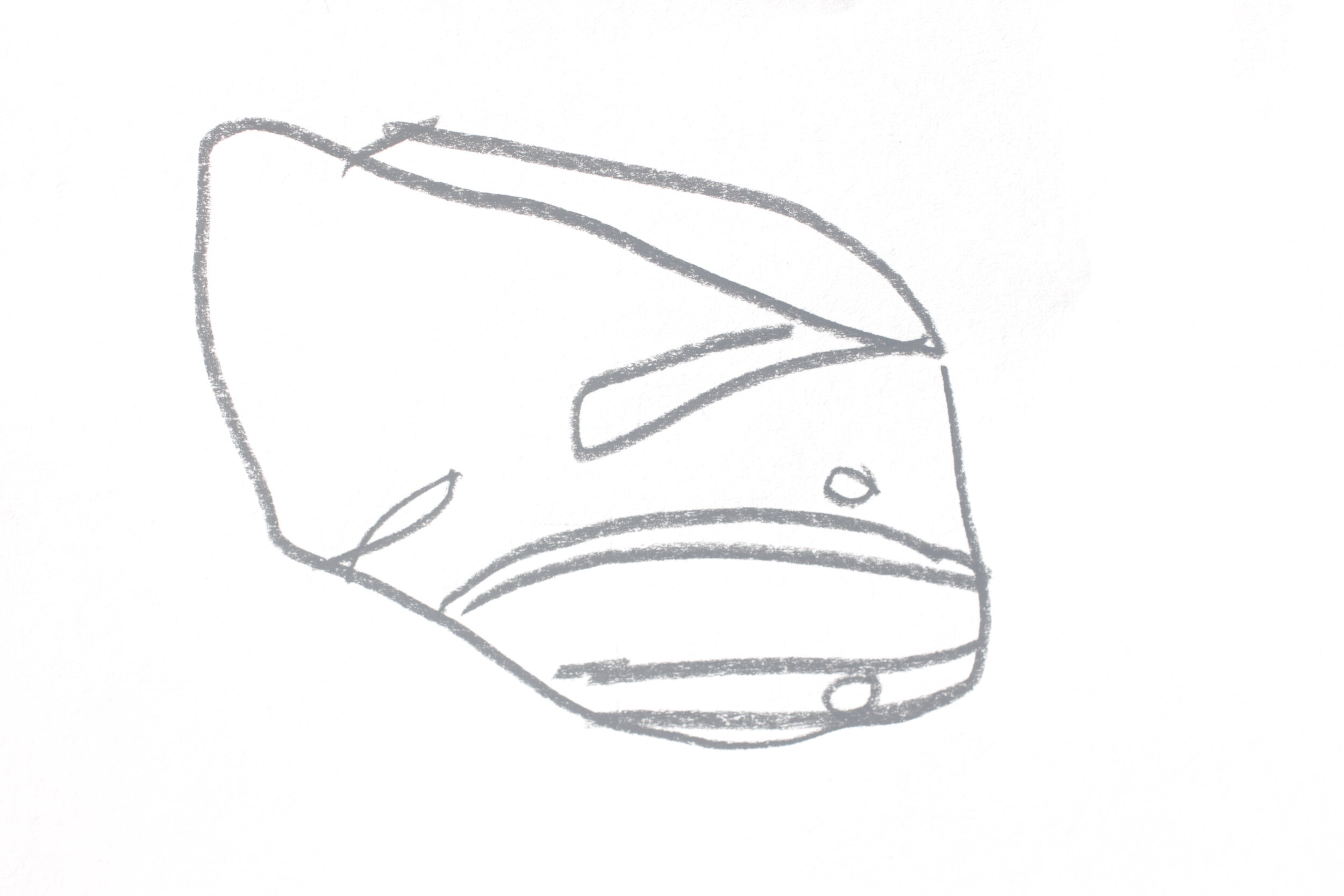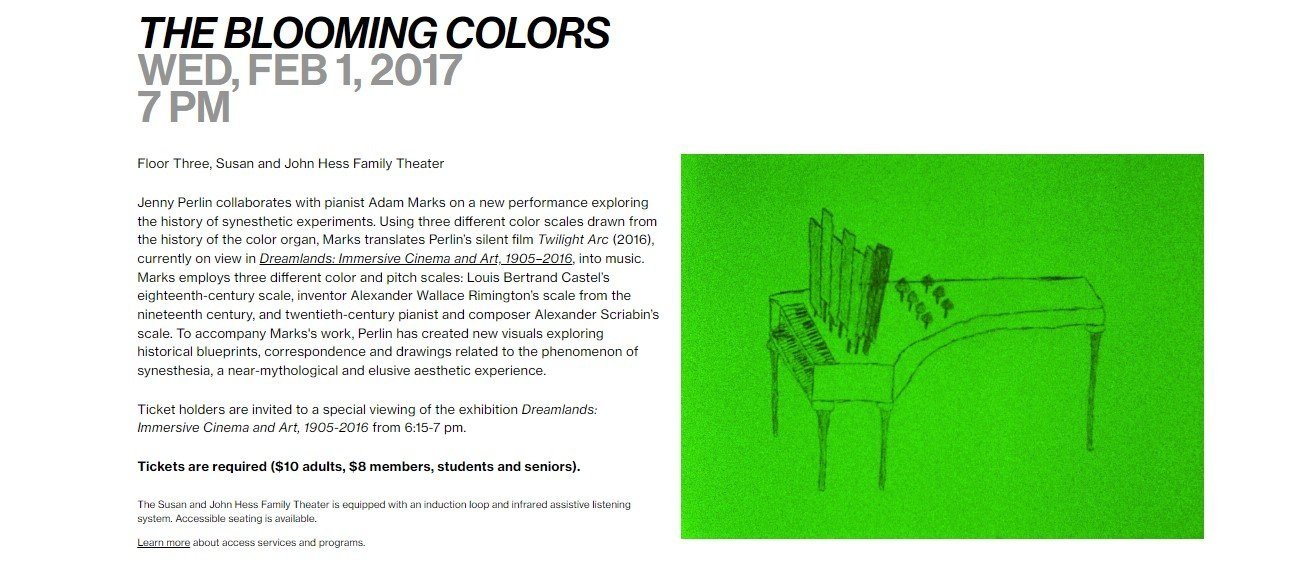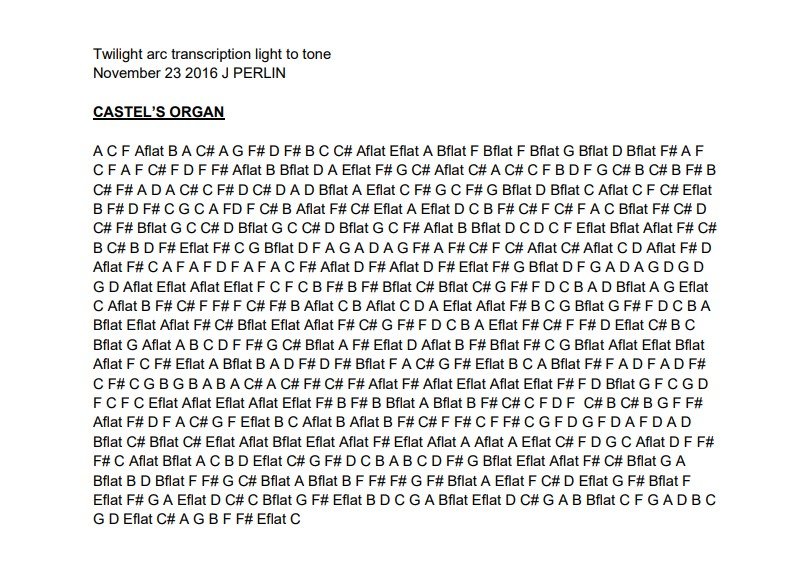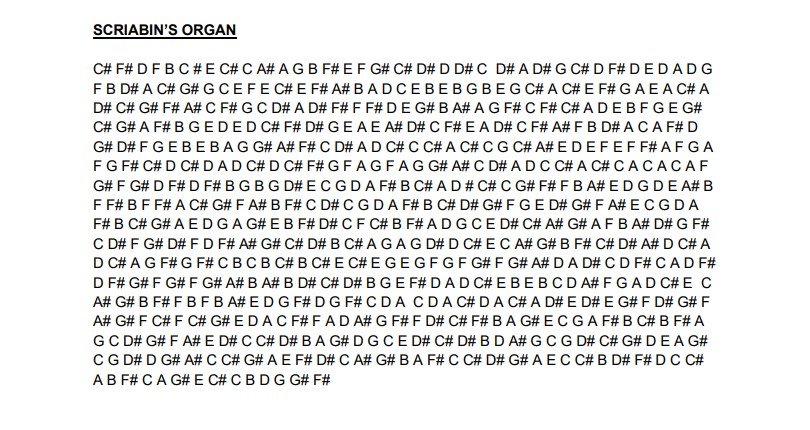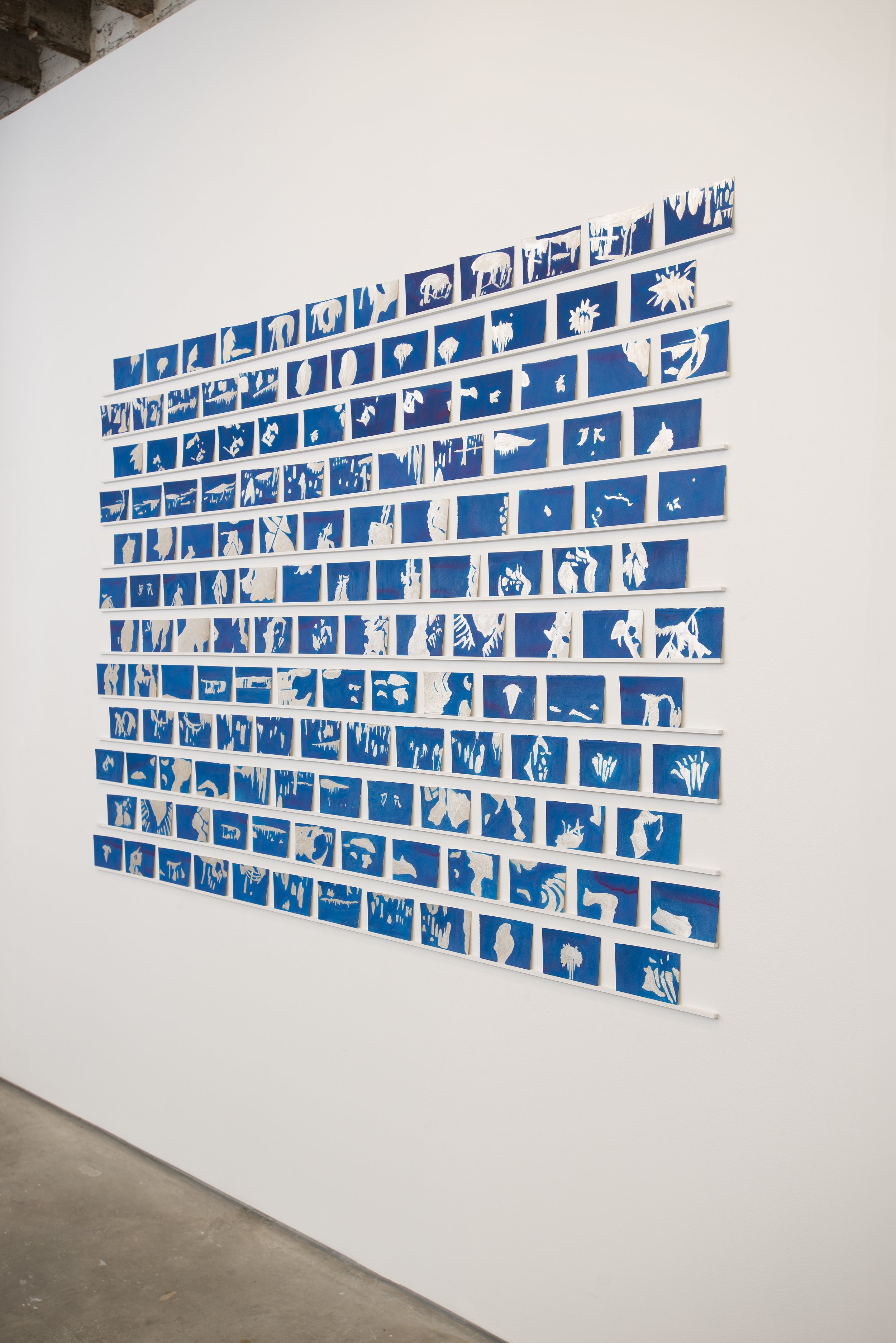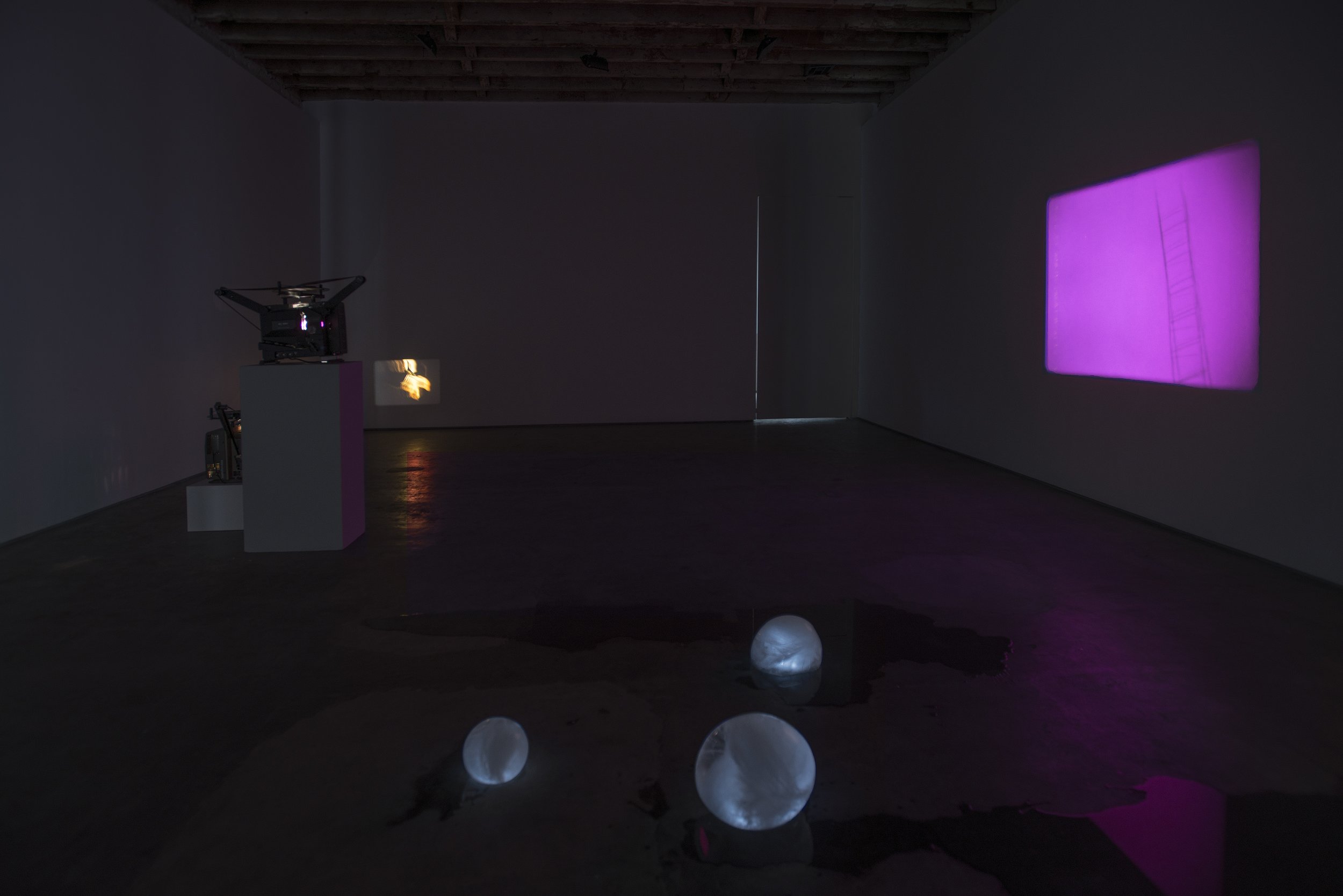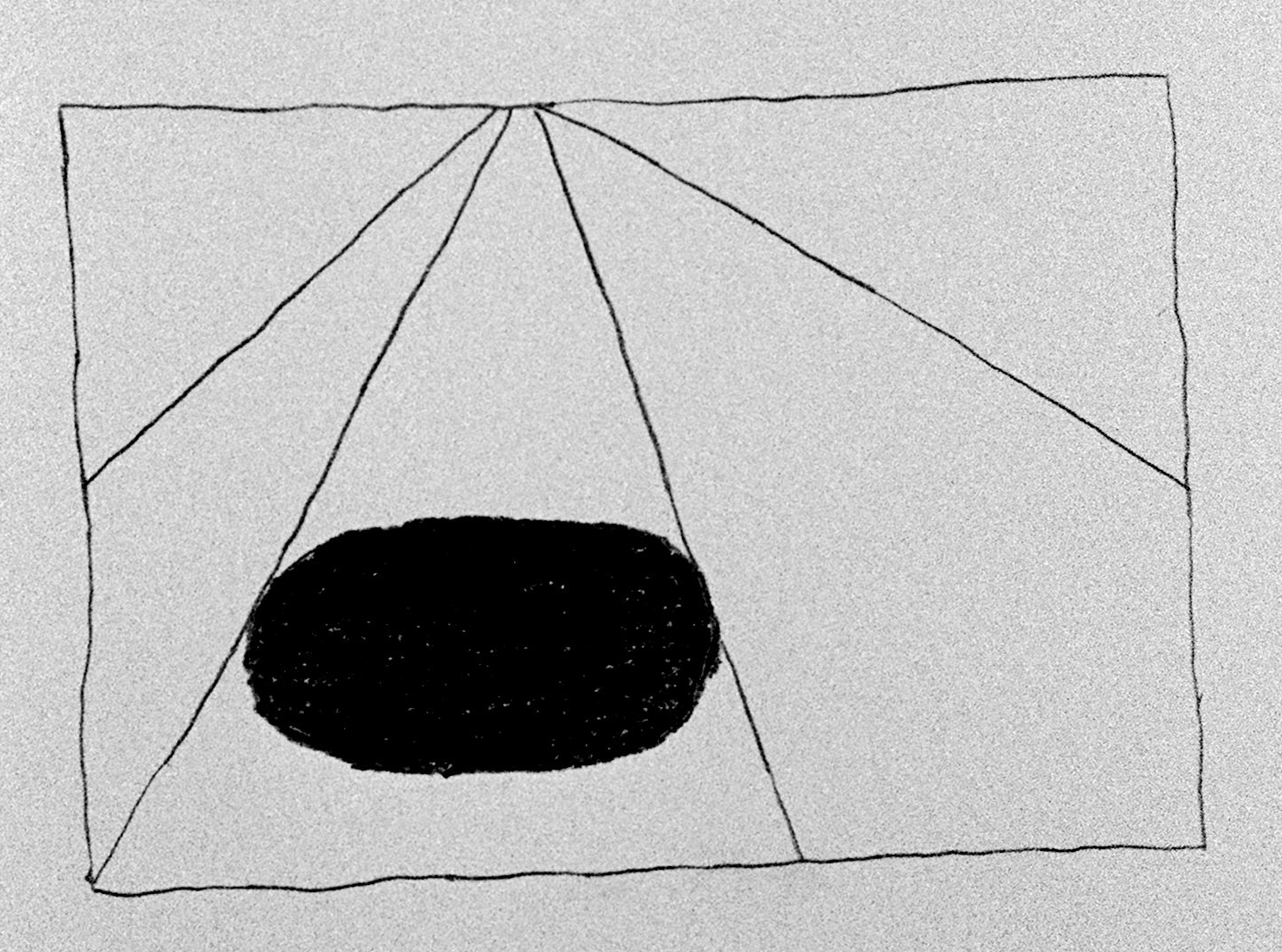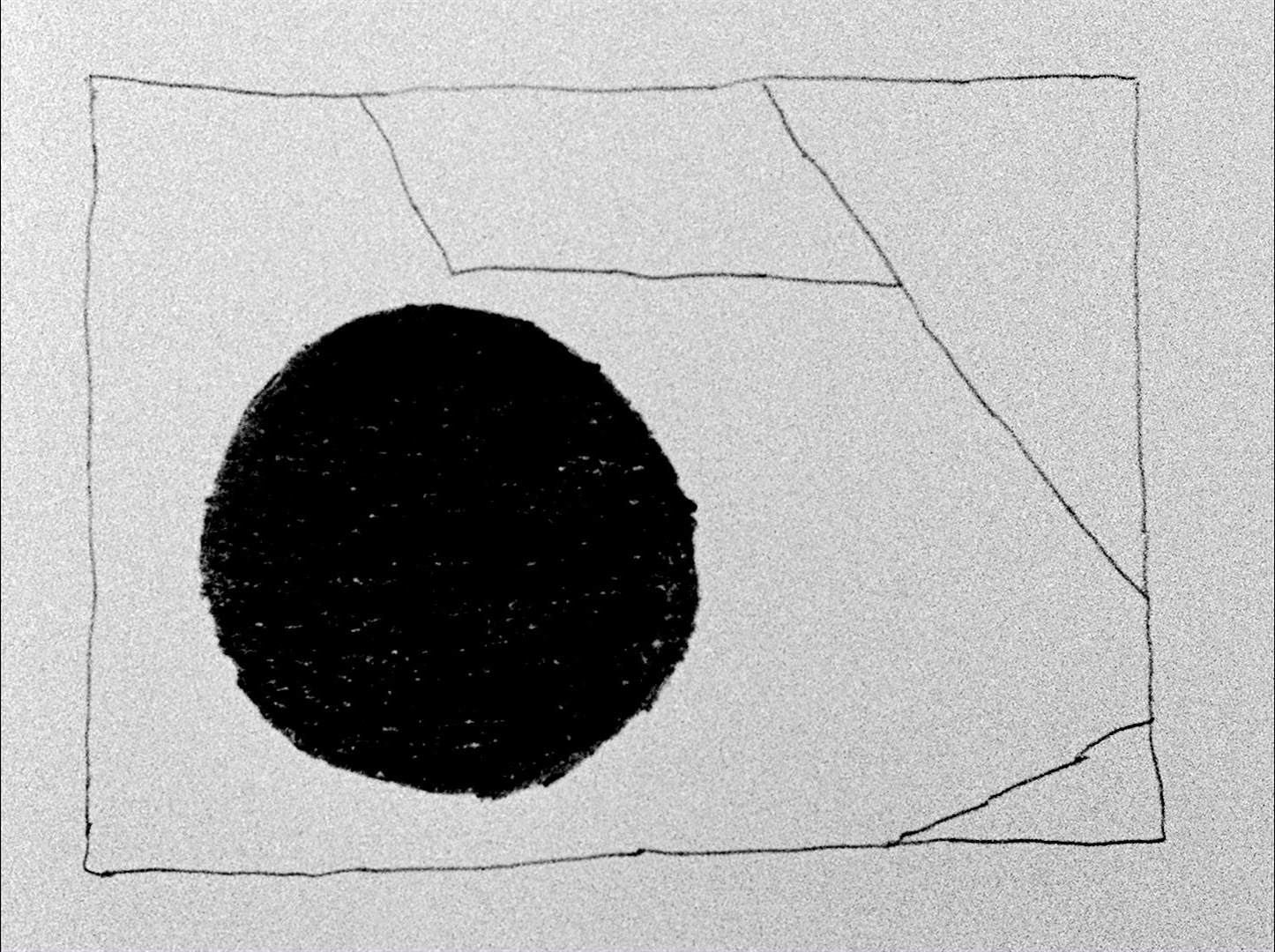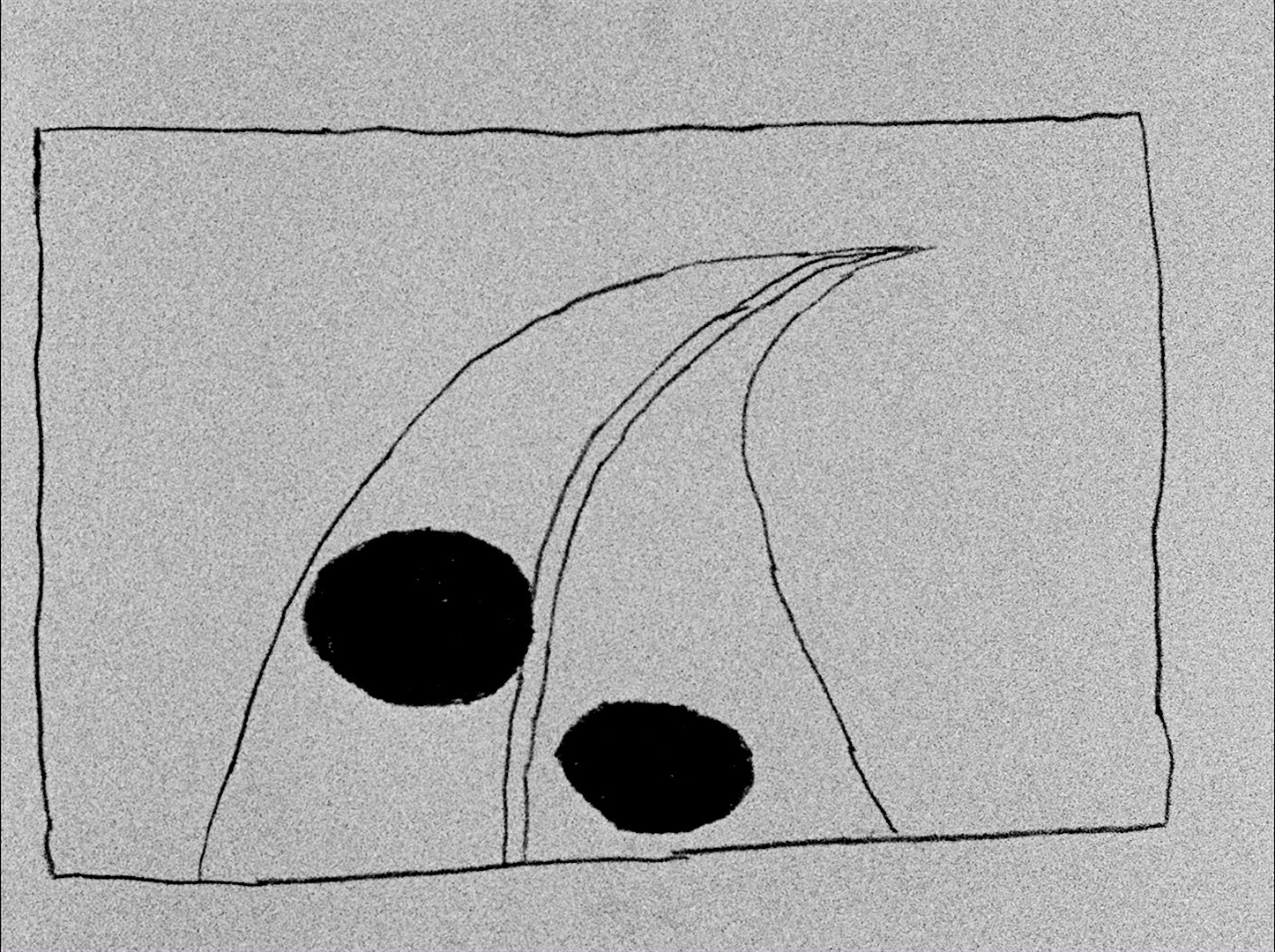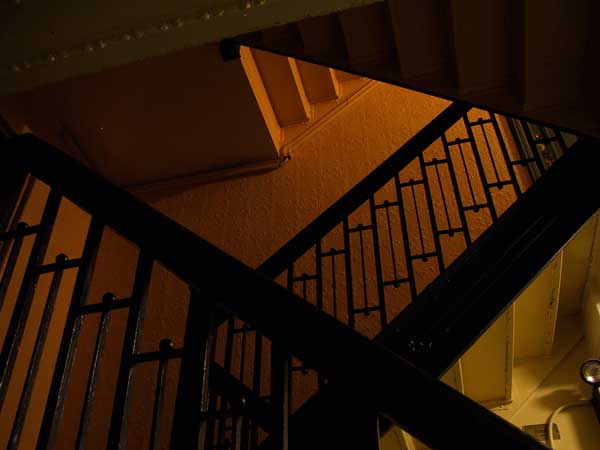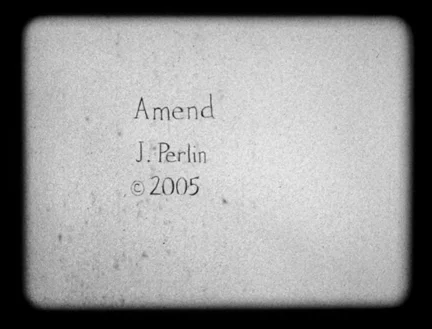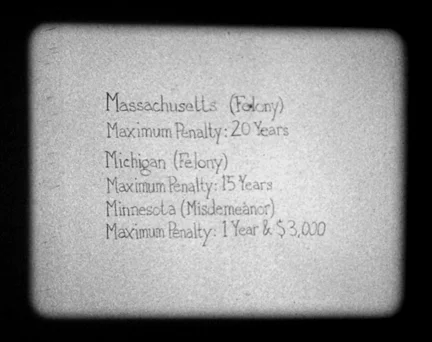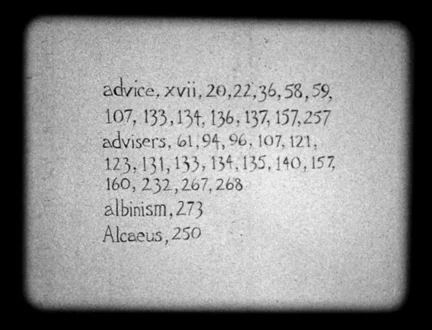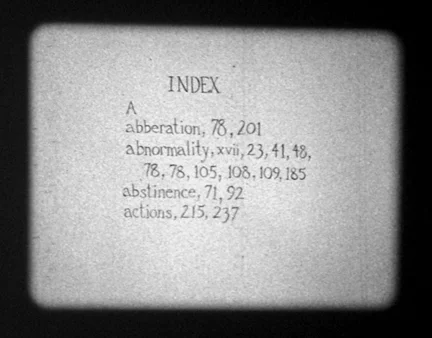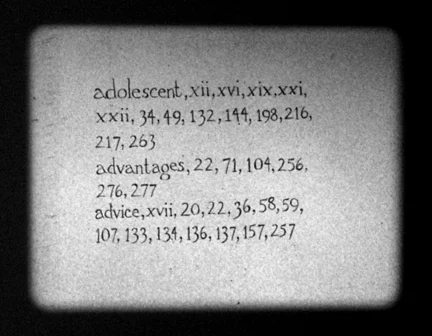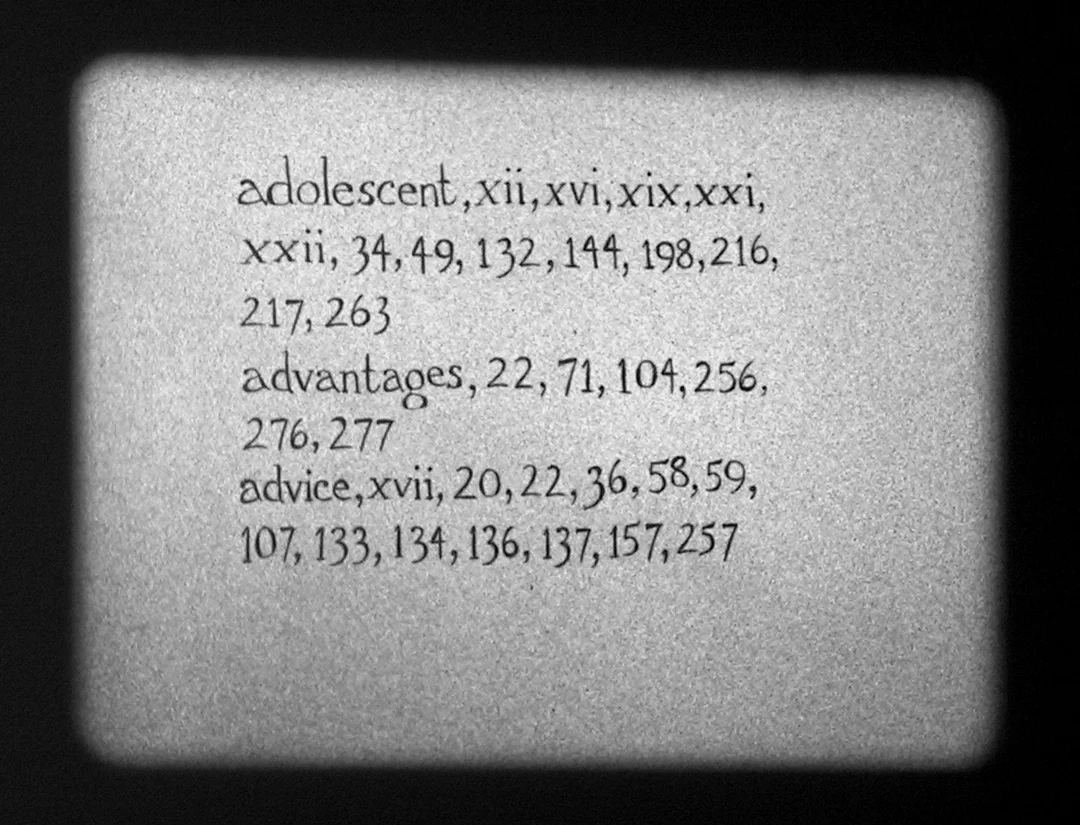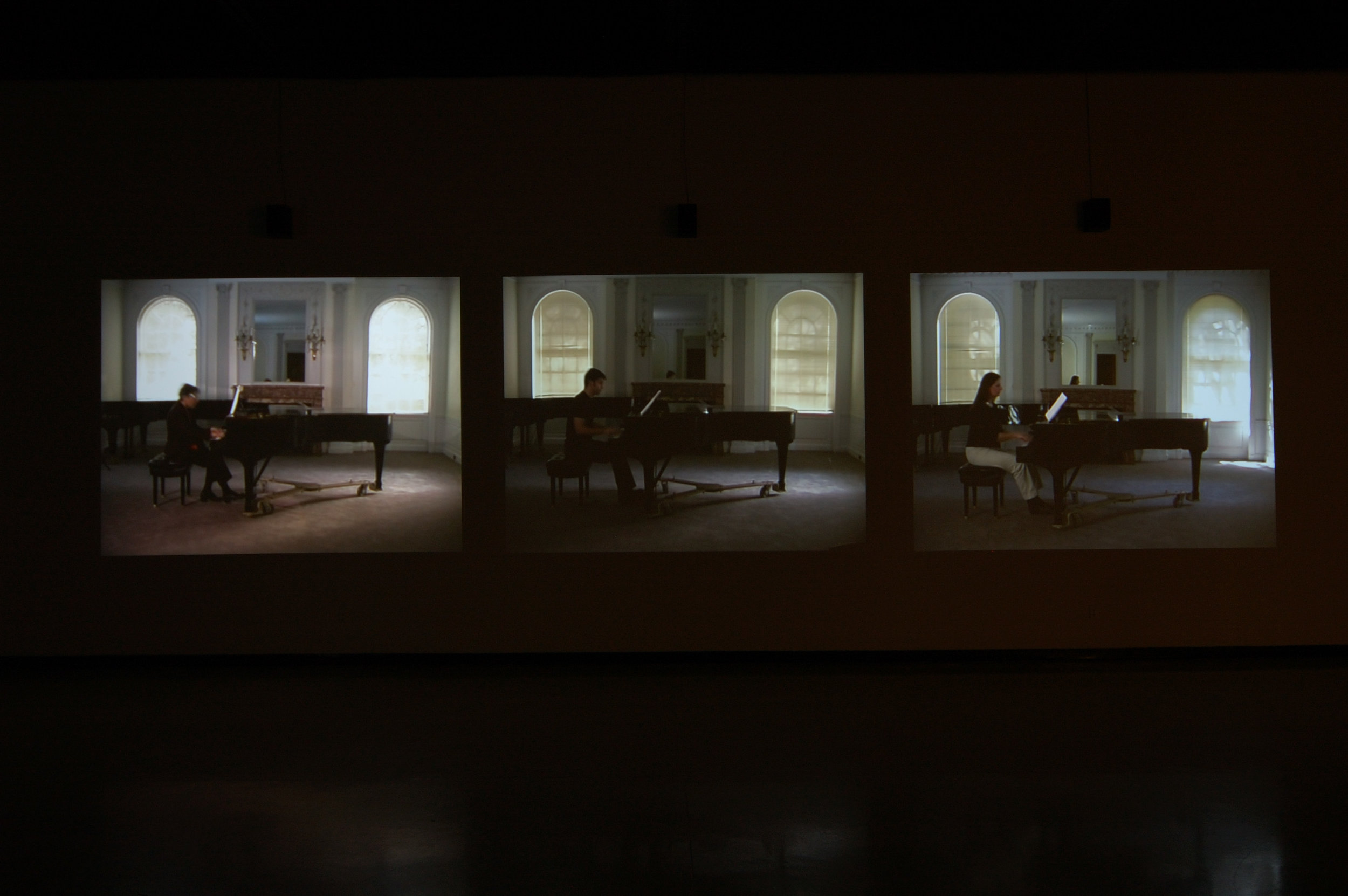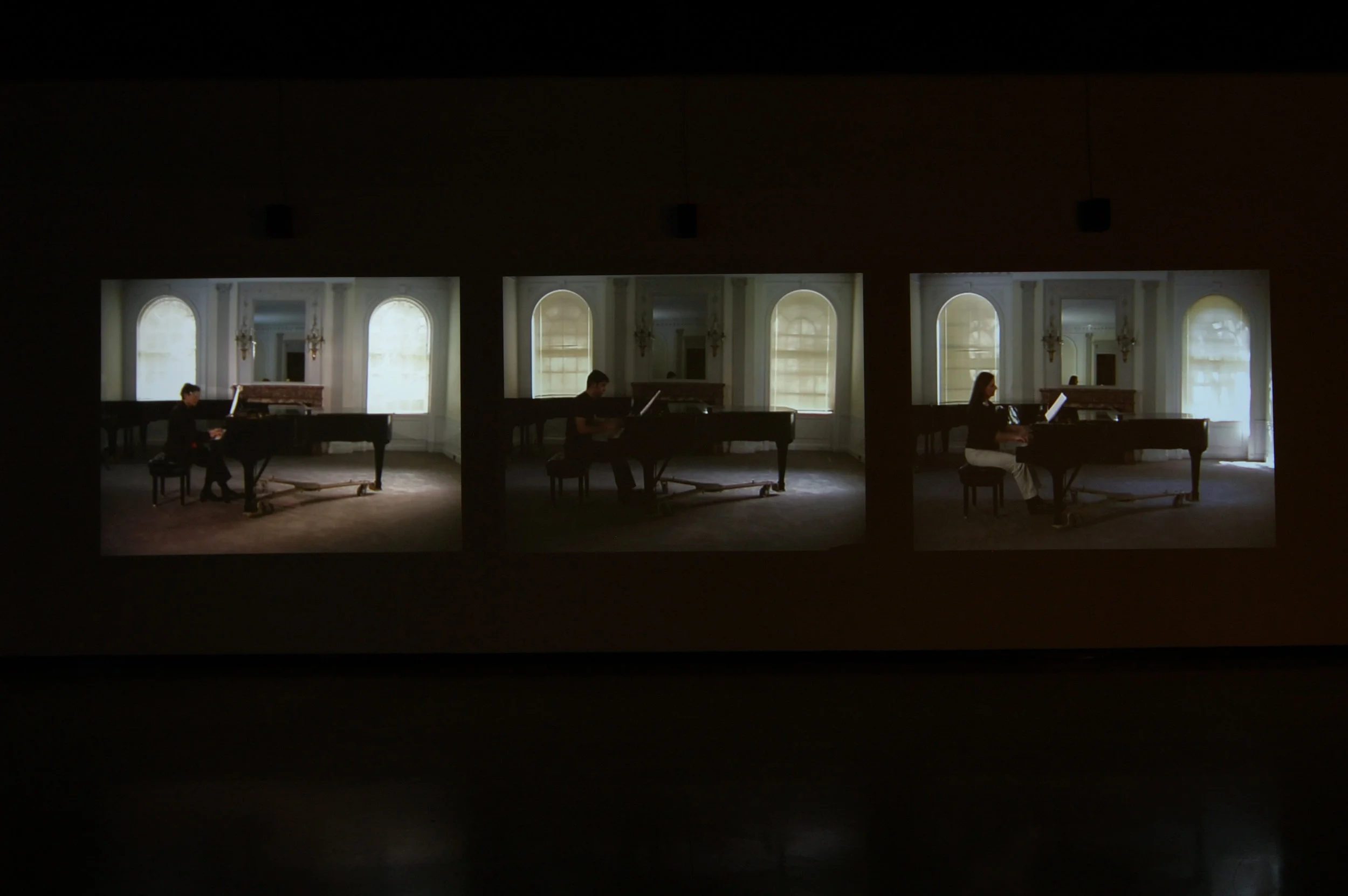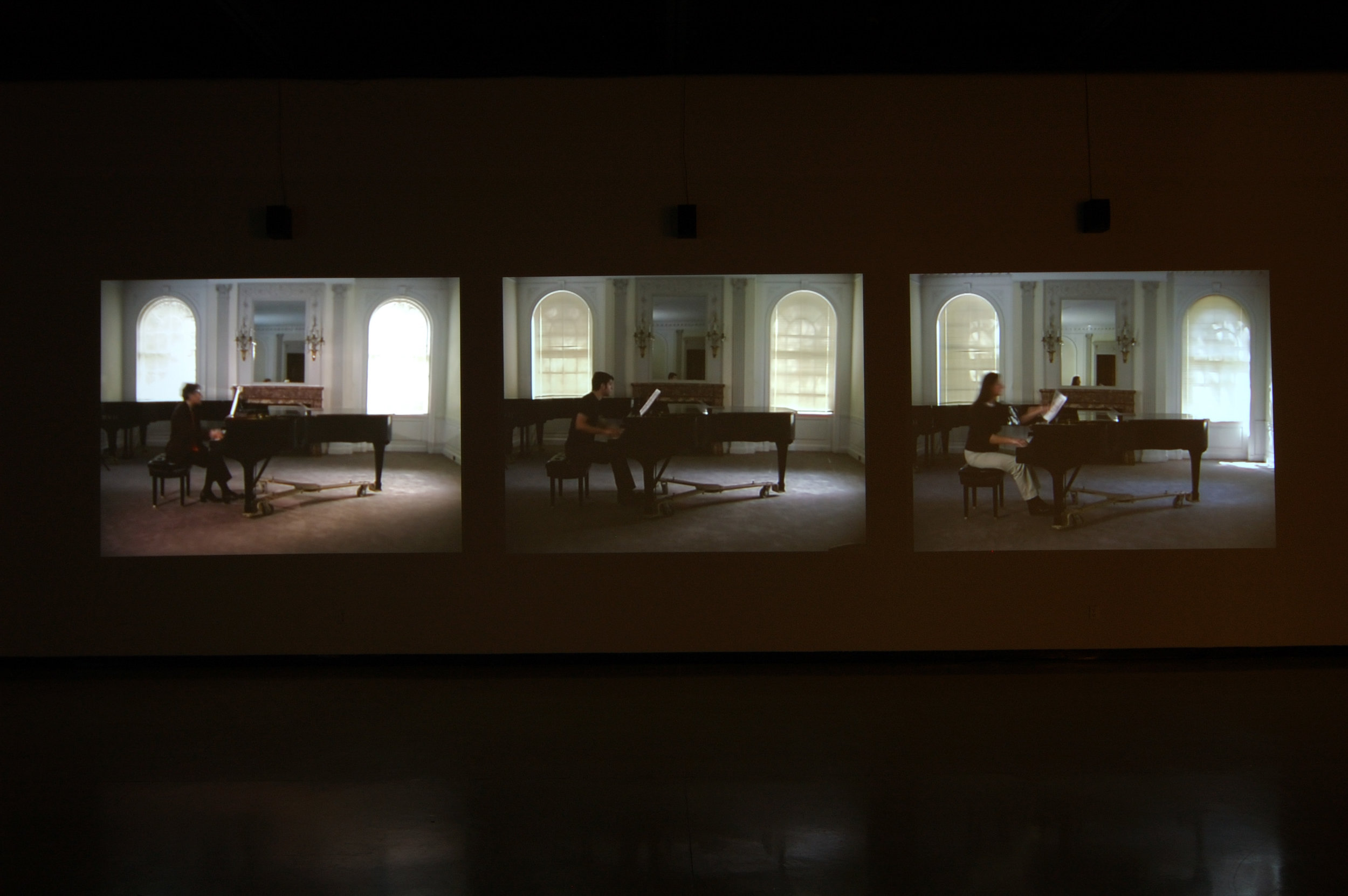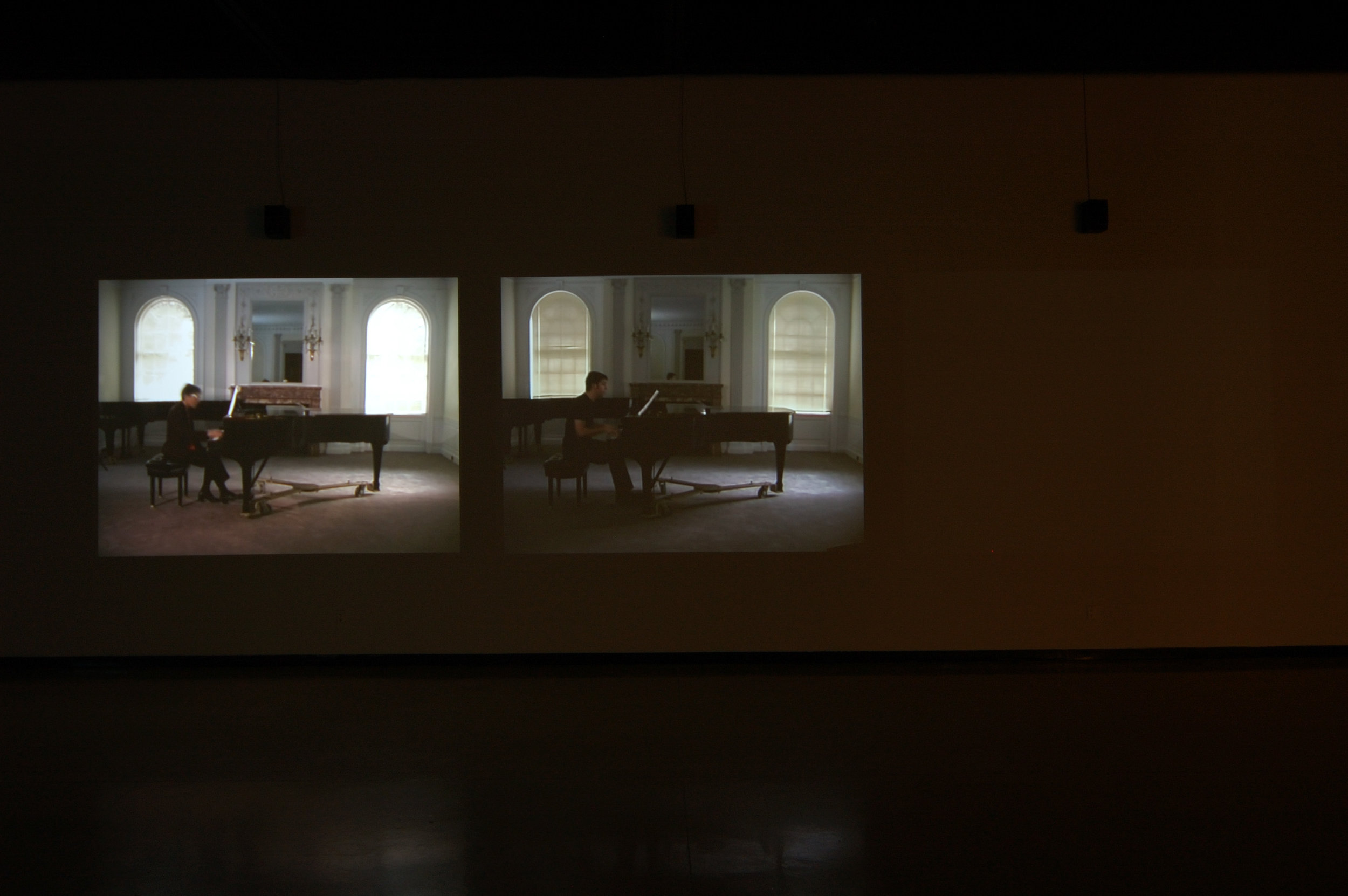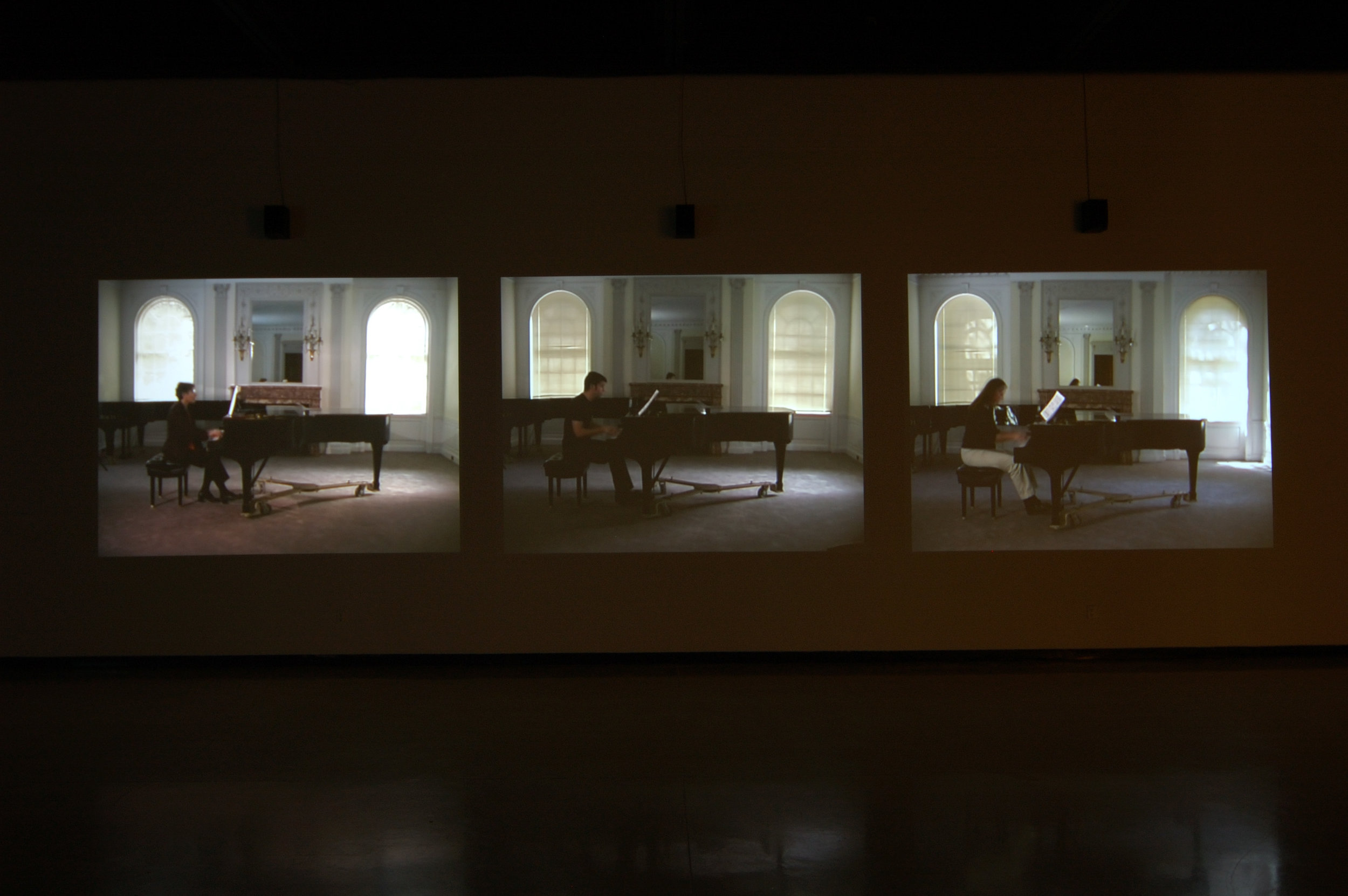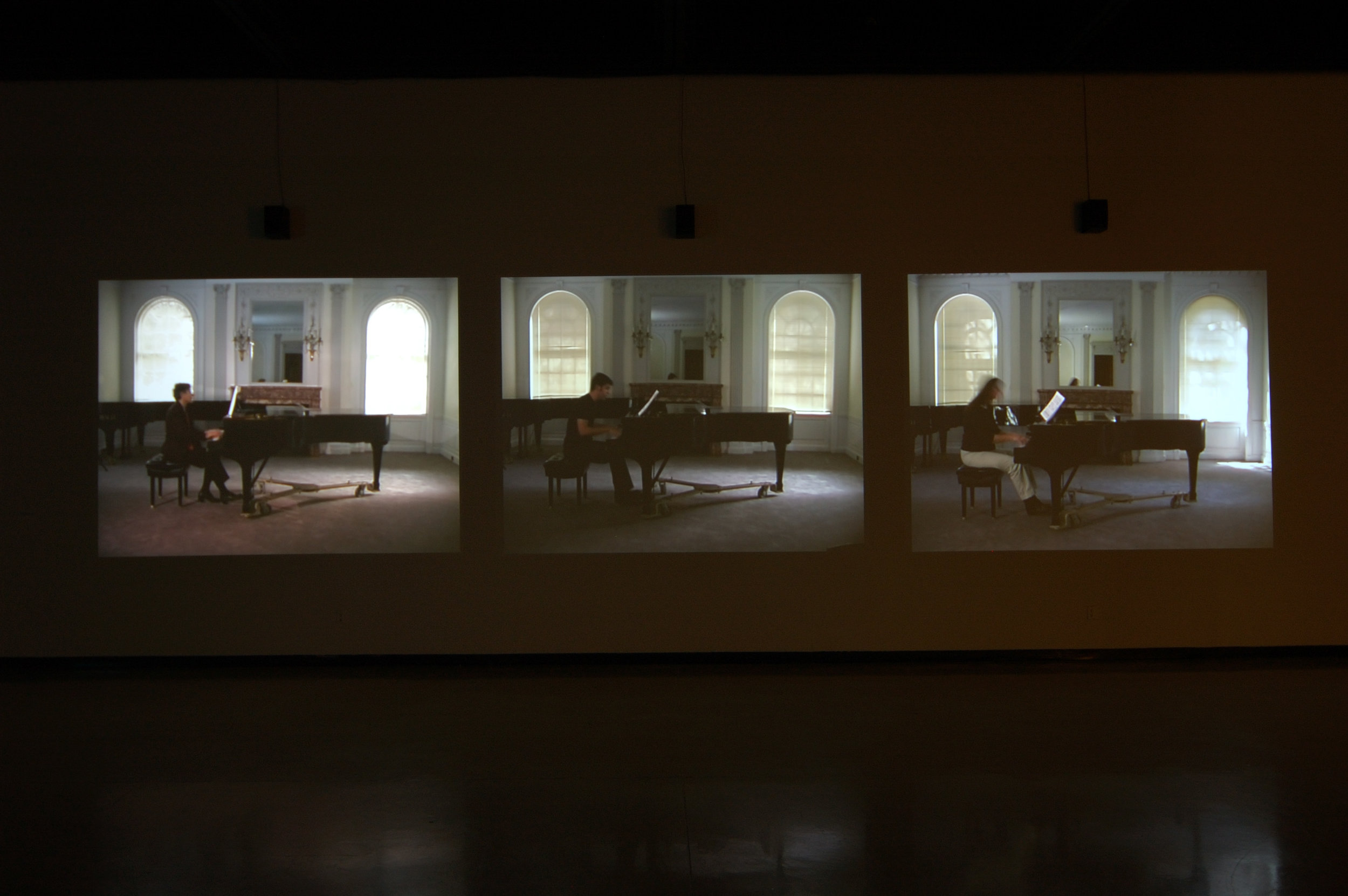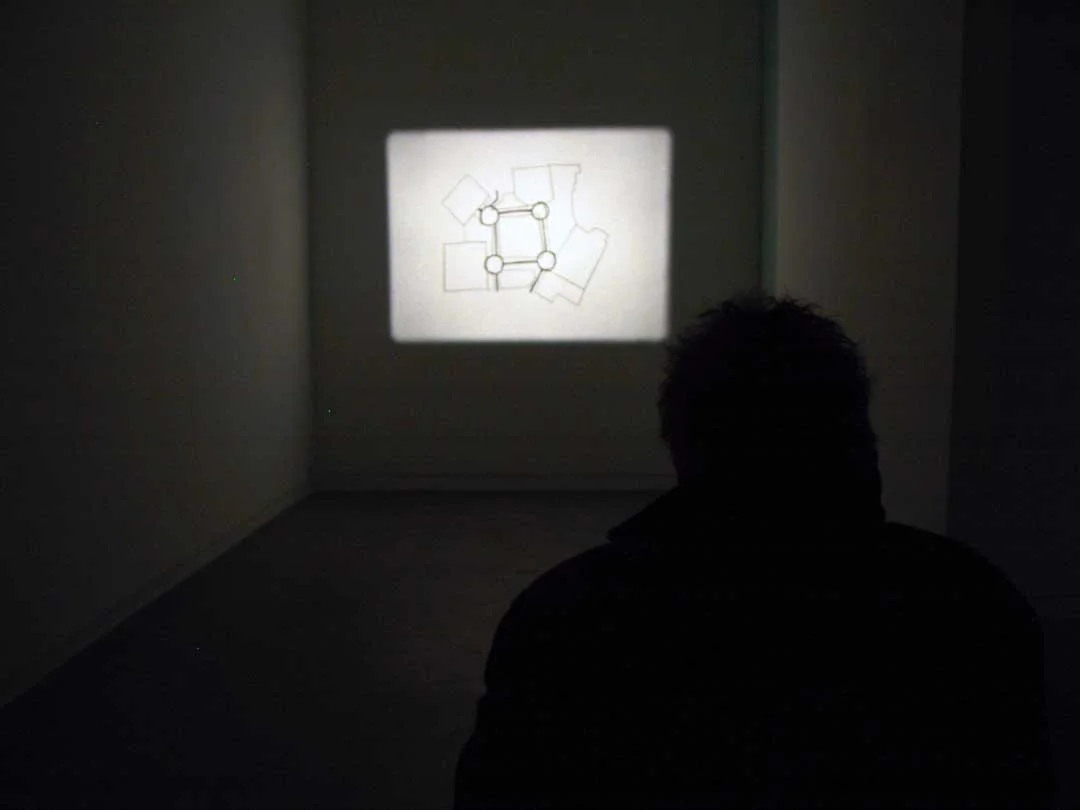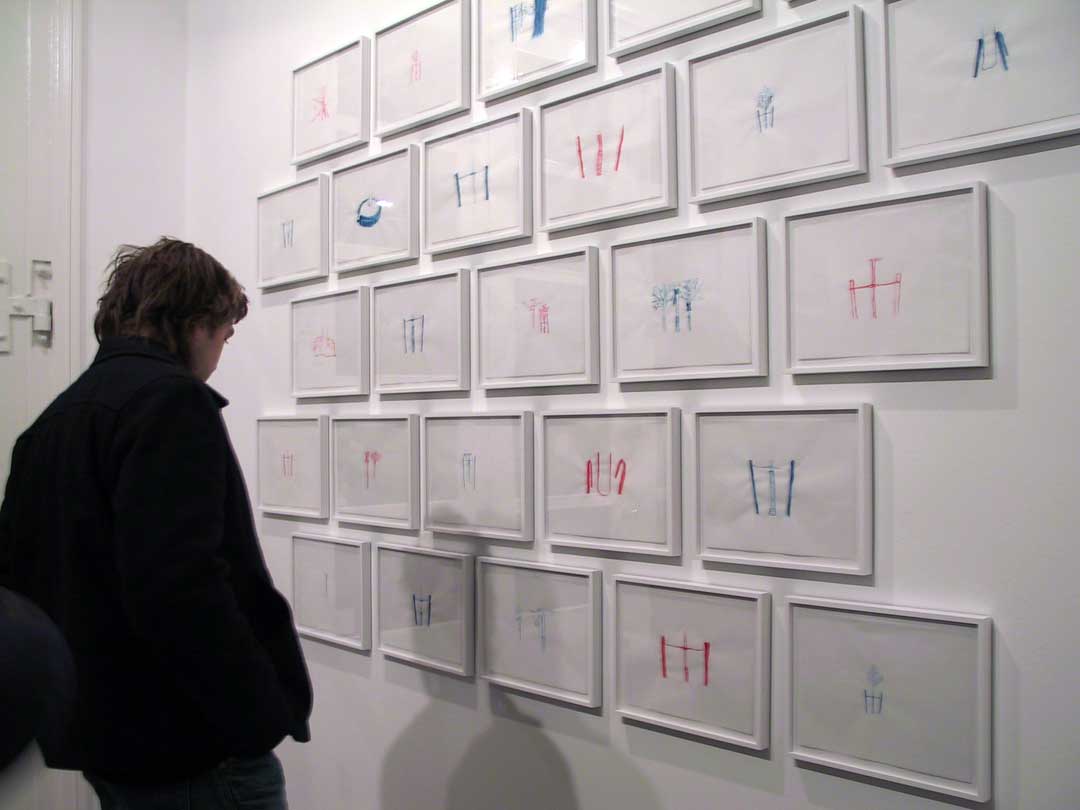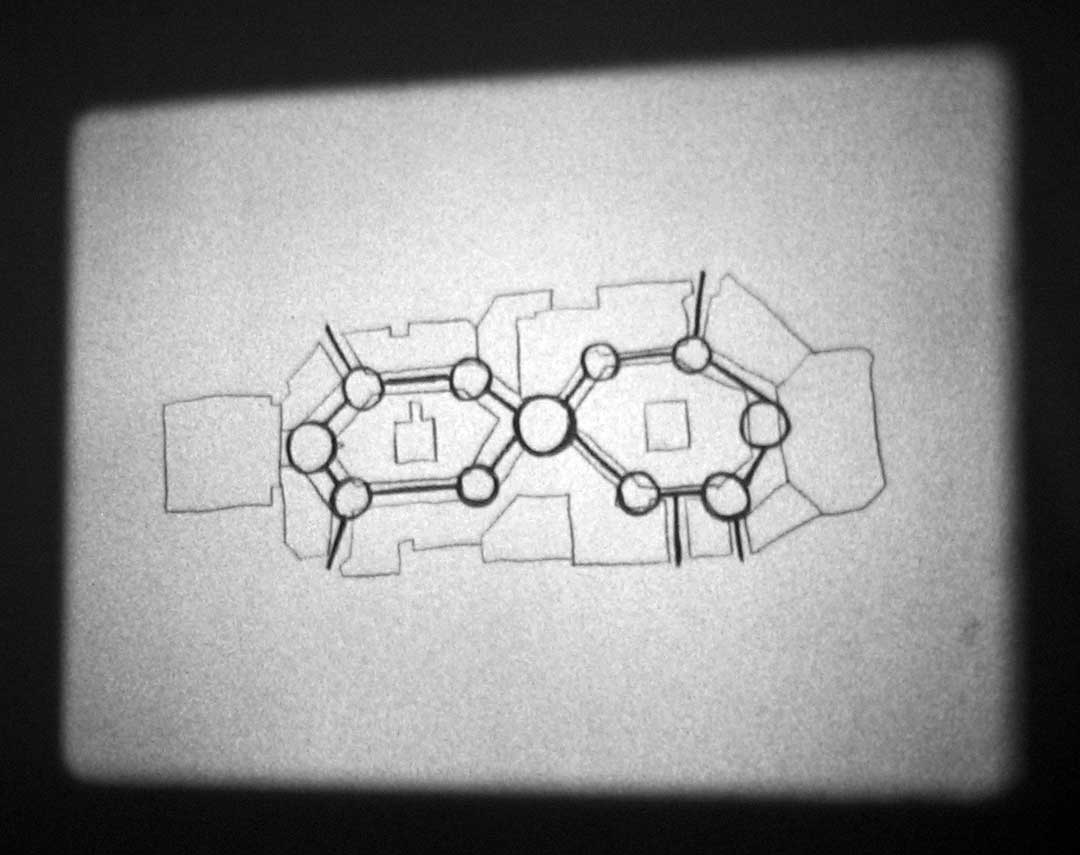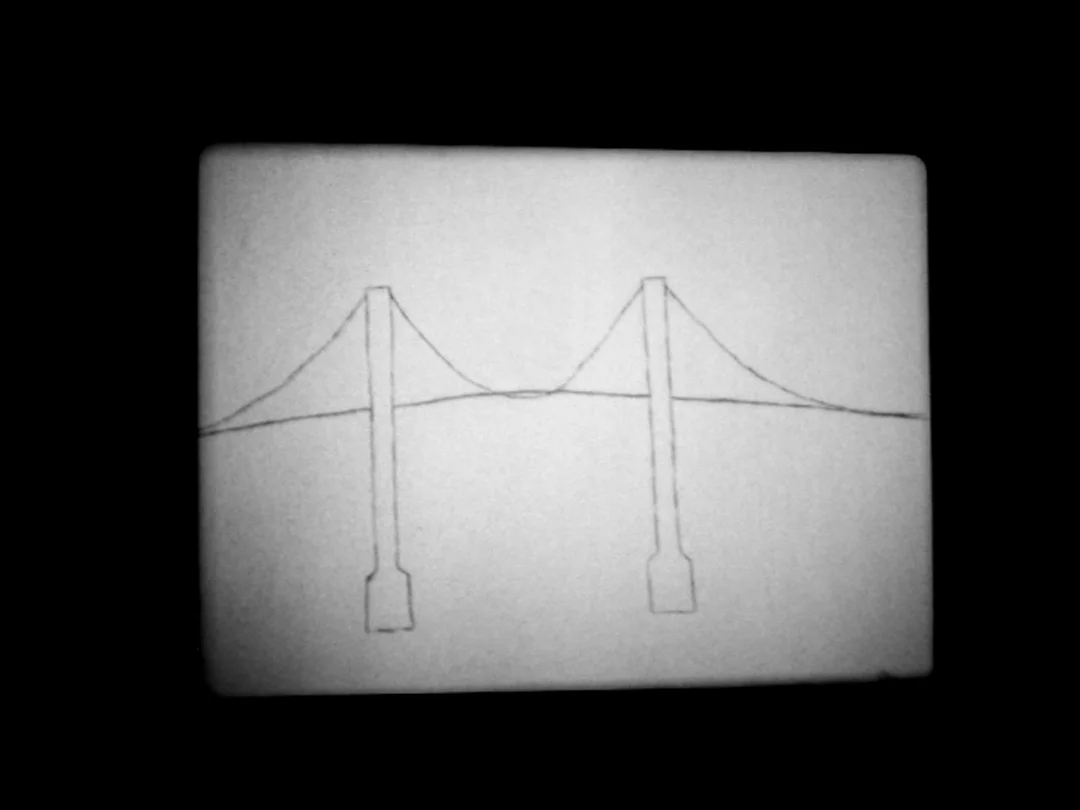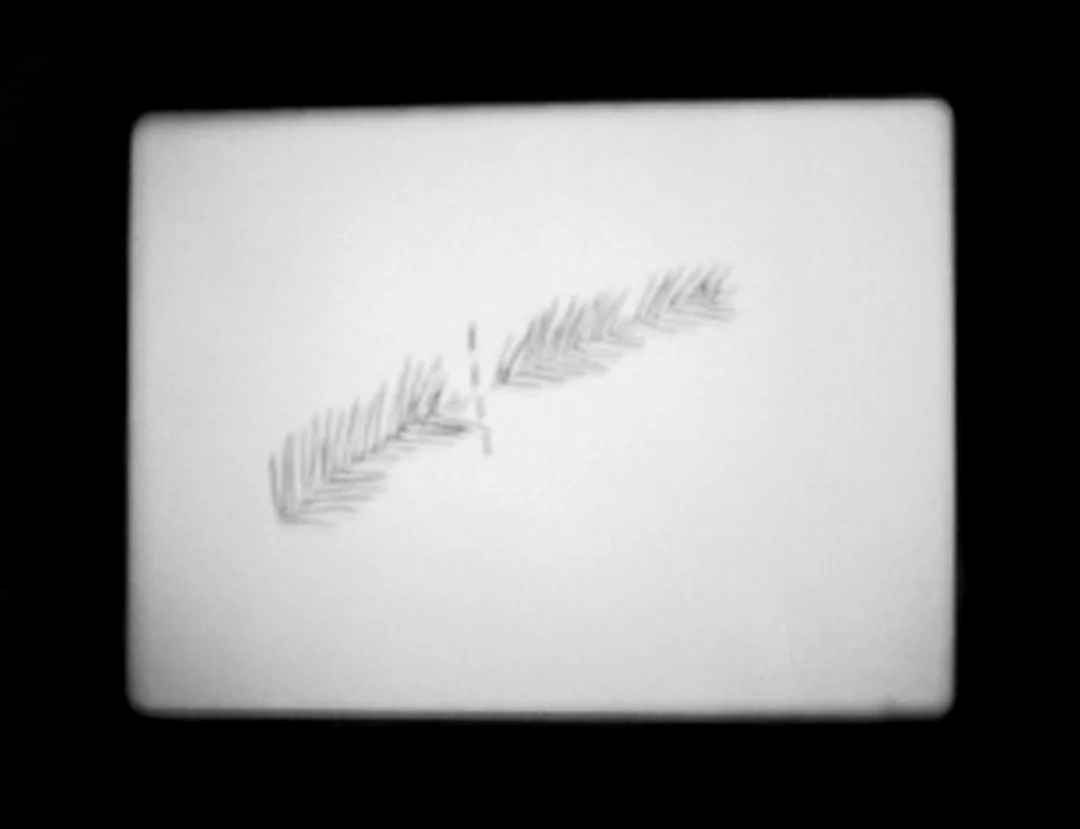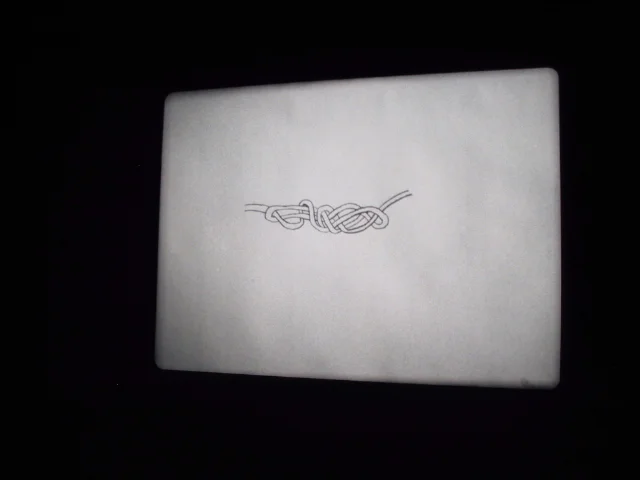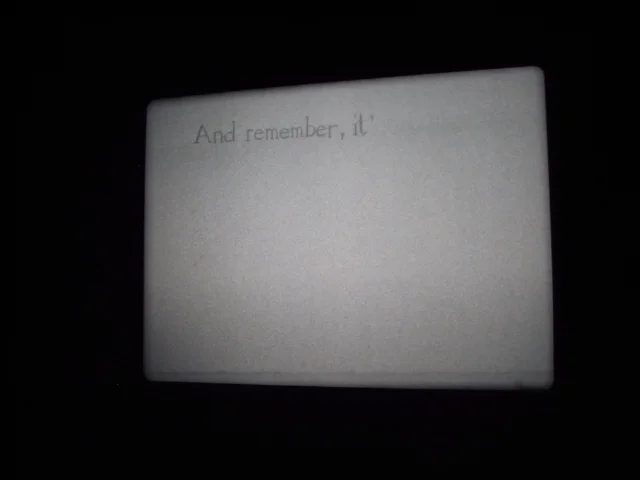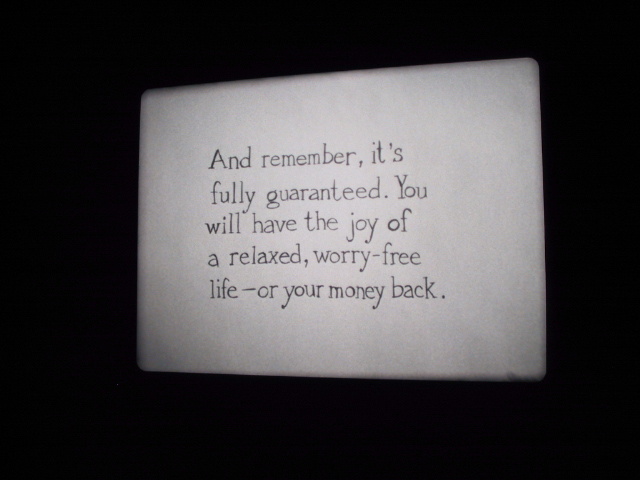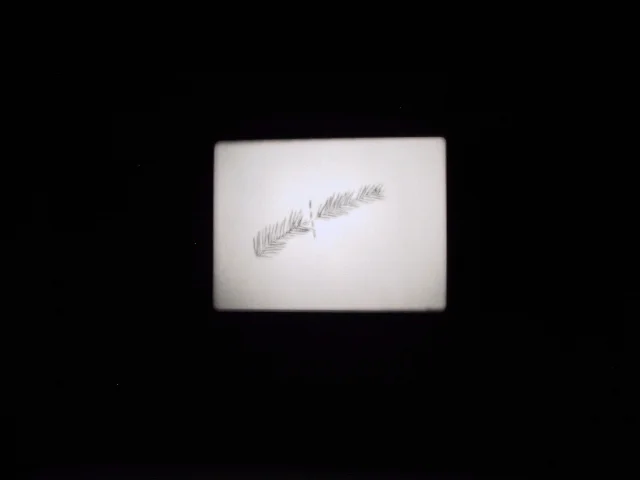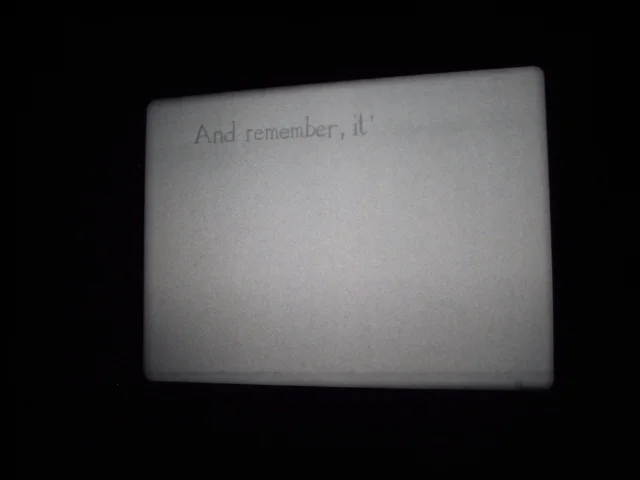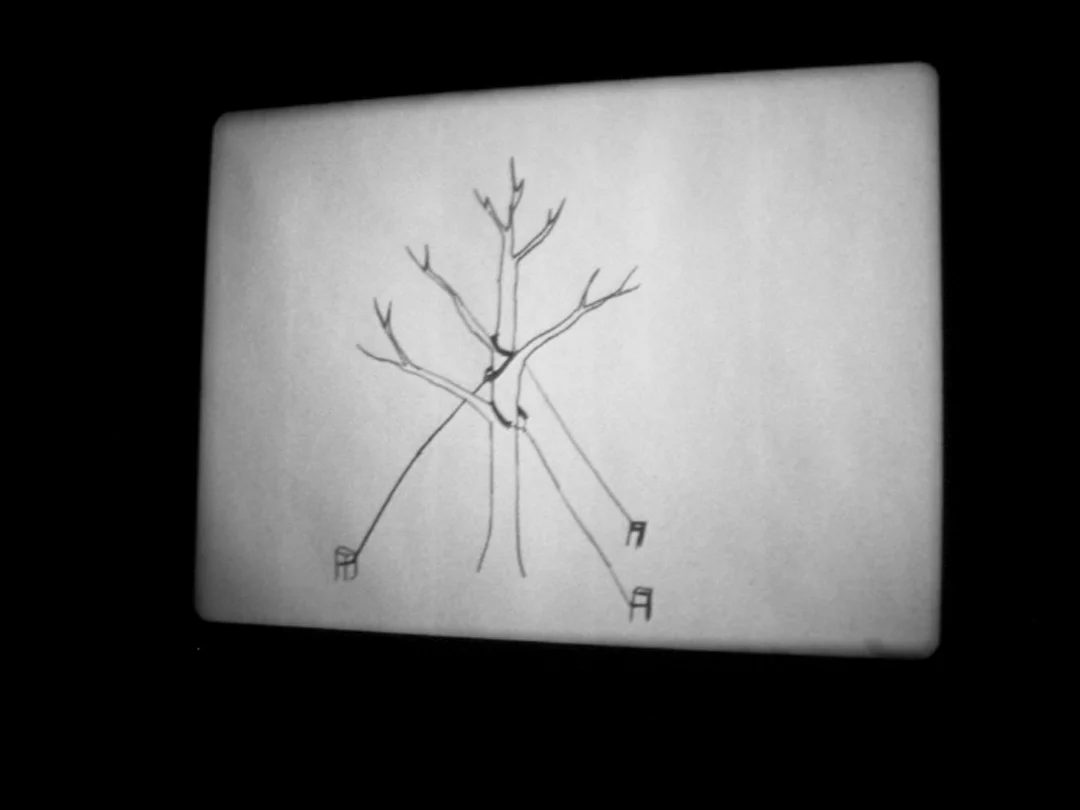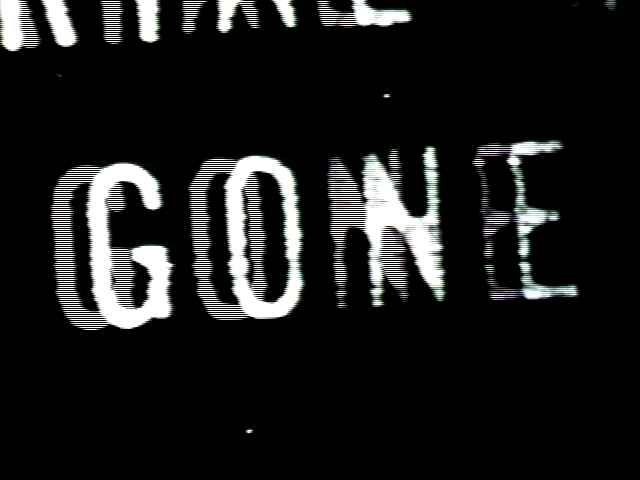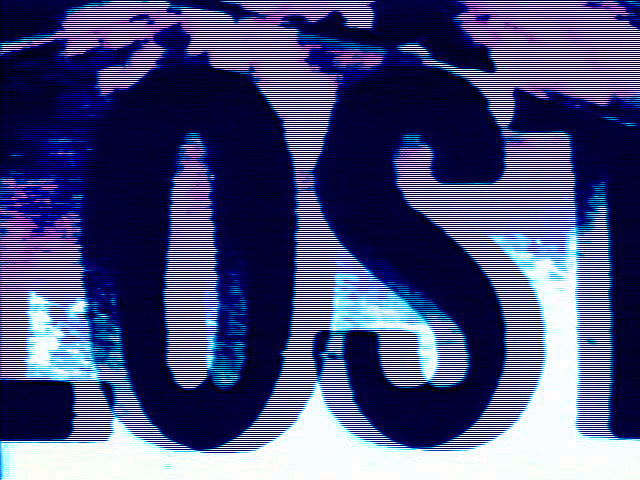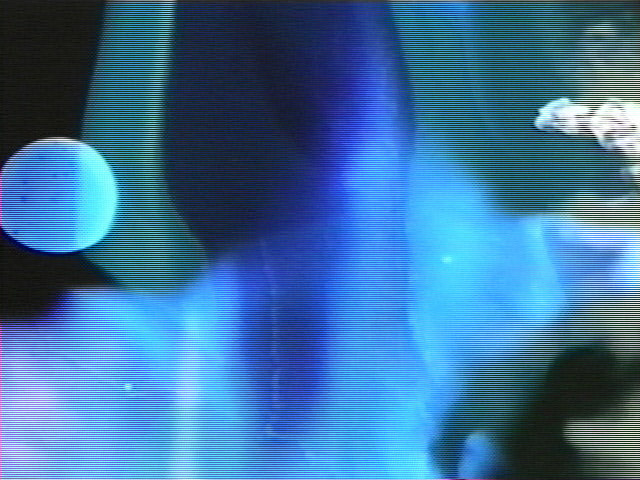
20
Experiments (BEXUS 32/33) (2025)

10
A Landing (2025)

7
Letter (2025)

9
Airopaidia (2025)

9
The Wonder (2025)

12
Something Shiny (2024)

1
Near Space

0
Eureka (2022)

0
Messenger (2022)
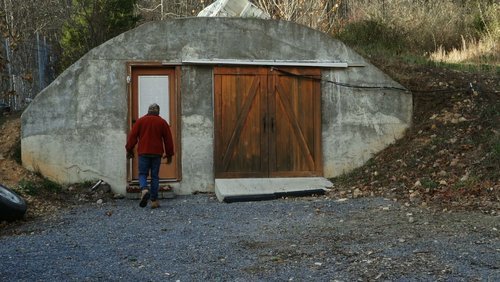
2
BUNKER (2021)

1
Sunspots (2021)

1
Maelstrom (2020-1)

1
Testament (2020)

1
FORTITUDE (2021)

1
DOUBLEWIDE (2020)

1
Milton of Vivos (2020)

1
Ed of Subterra (2020)

7
For a voice to speak (2019)

1
Each thing its place (2019)

1
Truth comes in with darkness (2019)

1
The Long Sleepers (2018)

1
The Same Moon Everywhere (2013/18)

12
The Underside of Things (2017)

6
The Blooming Colors (2017)

1
Canopy (2016)

9
Twilight Arc (2016)

5
The Long Sleepers (2016-17)

1
Those Are Stars (2017)

5
The Crystal King (2016)

1
Tender Not Approved (2016)

1
The Refractionist (2016)

1
The Measures (2015)

11
One Hundred Sinkholes (2014)

4
A Thousand Sentences (2012)

8
Funes (2012)

11
The Perlin Papers (2012)

14
The Object of Society Is (2011)

4
Neither a winding nor an unwinding (2010)

1
Mimeograph (2010)

1
Division (2009)

1
Dust of Snow (2009)

1
Letter (2007)

1
Notes (2006)

4
Ending and Altered (2007)

1
Box Office (2007)

1
Flight (2007)

3
Associated (2006)

11
Amend (2005)

1
Possible Models (2004)

11
Sight Reading (2004)

4
All-American Diner (2003)

2
The United States in a Chaotic World (2003)

11
Perseverance & How to Develop It (2003)

19
Schumann (2002)

15
Washing (2002)

10
View from Elsewhere (2002)

6
Rorschach (2002)

1
Capsules (2001)

4
Perseverance (2001)

13
Dear Jim and Dick (1999)

5
Lost Treasures (1999)

2
Happy are the Happy (1999)







